Seminar Speakers 2016 - Chemistry Department
Seminar Speakers 2016
- Dr. Jason Rauceo (Biology, John Jay College of Criminal Justice, CUNY)
- November 18, 2016
- Title: "Exploring Stress Signaling Pathways to Uncover Novel Gene Functions in the Human Fungal Pathogen Candida Albicans"
- Abstract: Candida albicans is the most common fungal pathogen in humans. Signaling pathways control processes critical for adaptation, survival, and pathogenesis. We discovered that transcription factor Sko1 plays a novel role as a major regulator of the cell wall damage response caused by the antifungal drug caspofungin. In addition, we found a conserved role of Sko1 as a regulator of the osmotic stress response. However, the functional role of numerous Sko1- dependent stress-response genes is limited. Here, we present our recent molecular genetic and cellular findings to provide functional and localization insight for the Sko1-dependent gene ORF19.7296. Lastly, we highlight the impact of the Cellular and Molecular Biology Major and Program for Research Initiatives in Science and Math (PRISM) in expanding biomedical research at John Jay College.
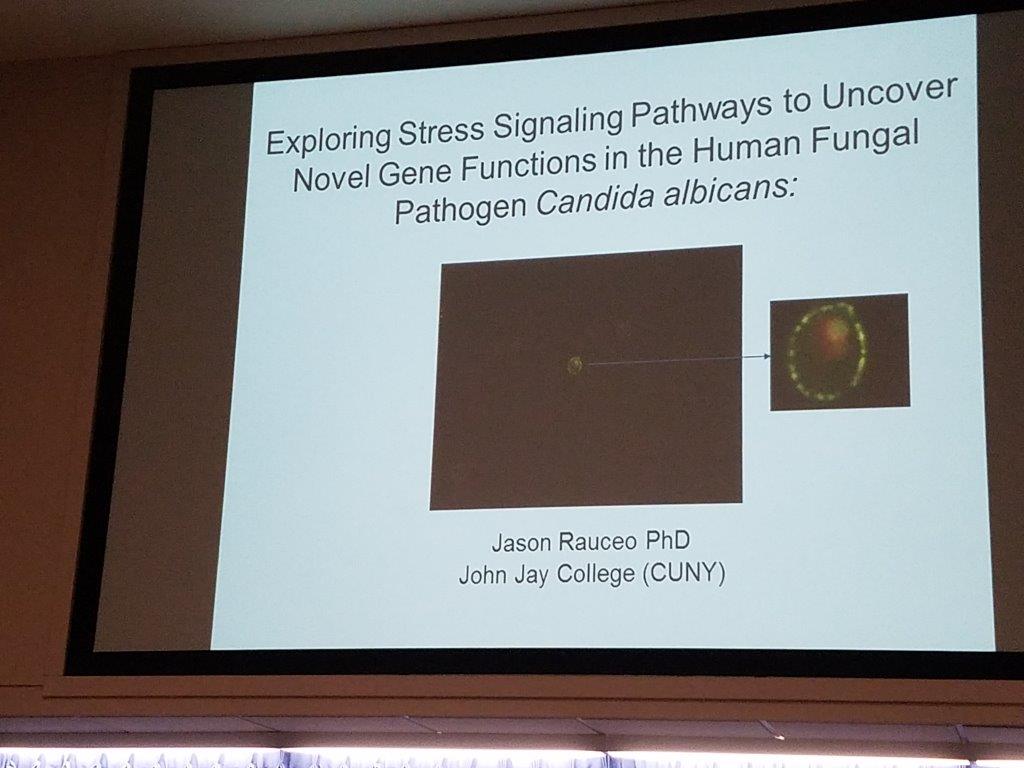 |
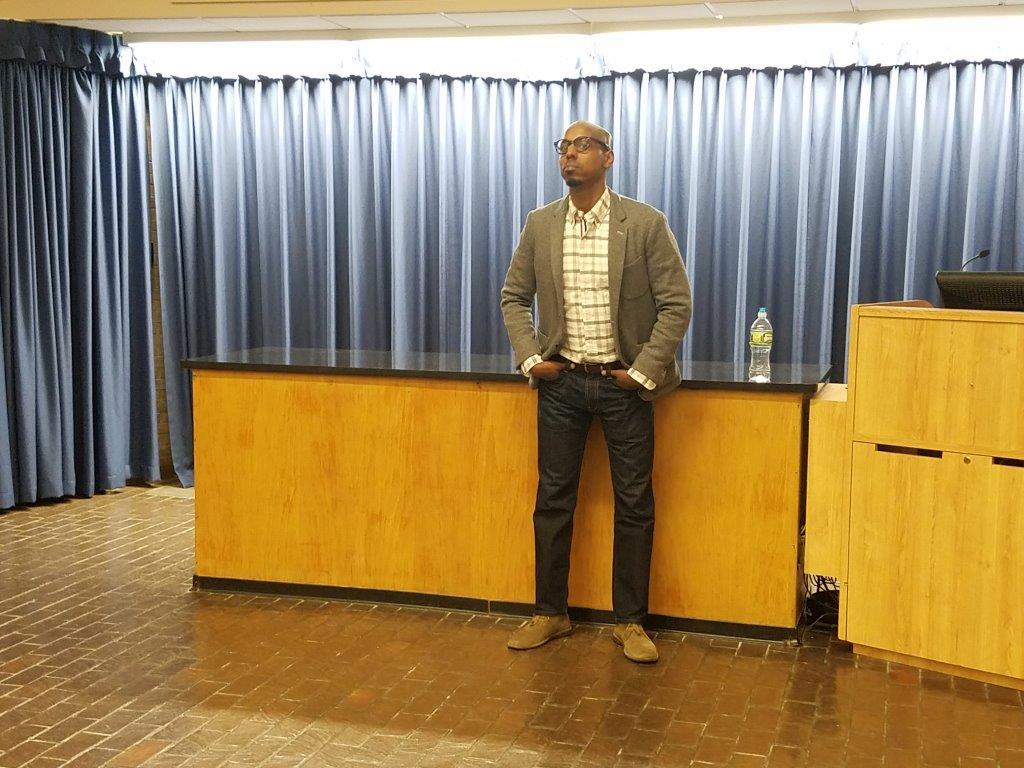 |
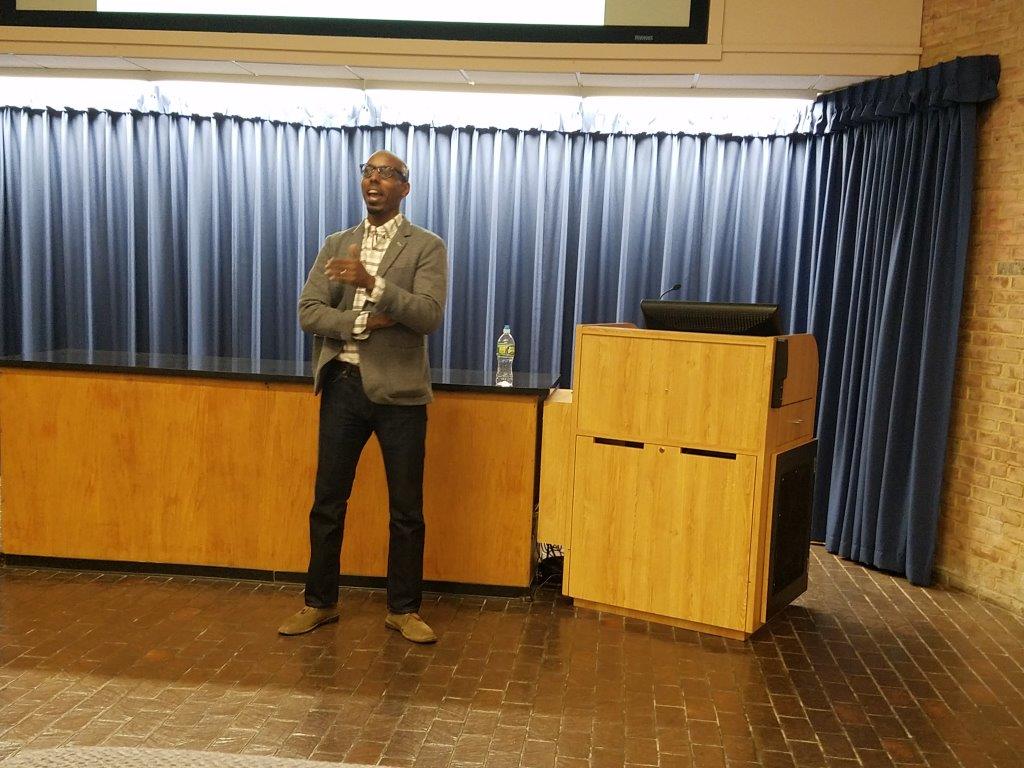 |
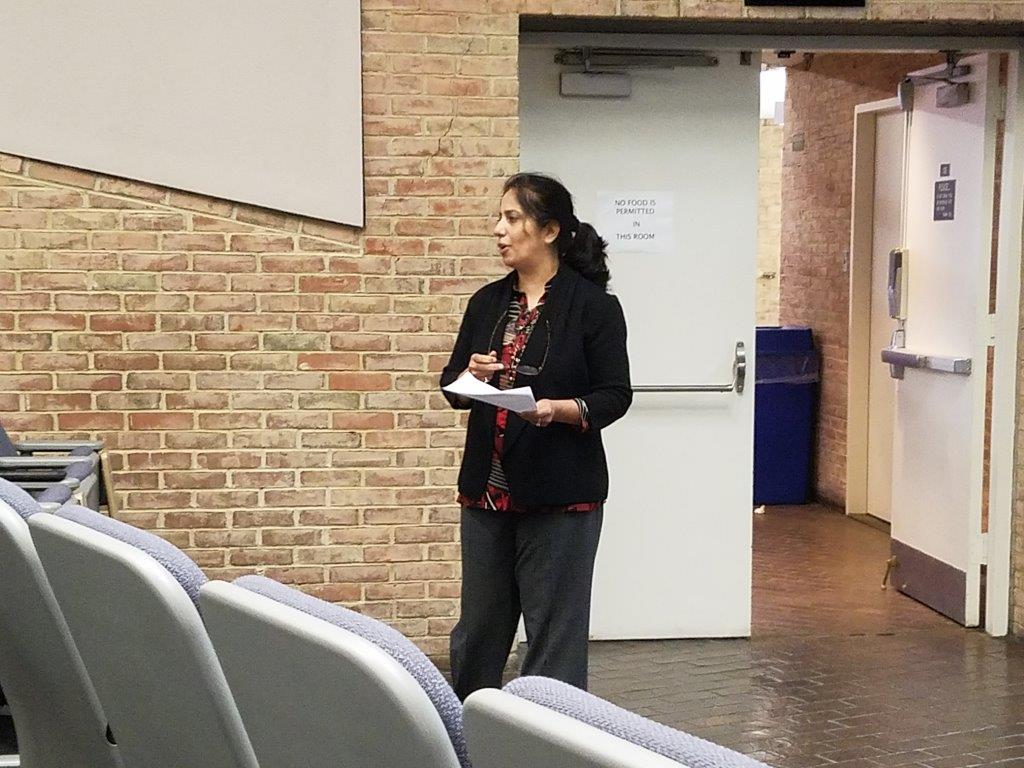 |
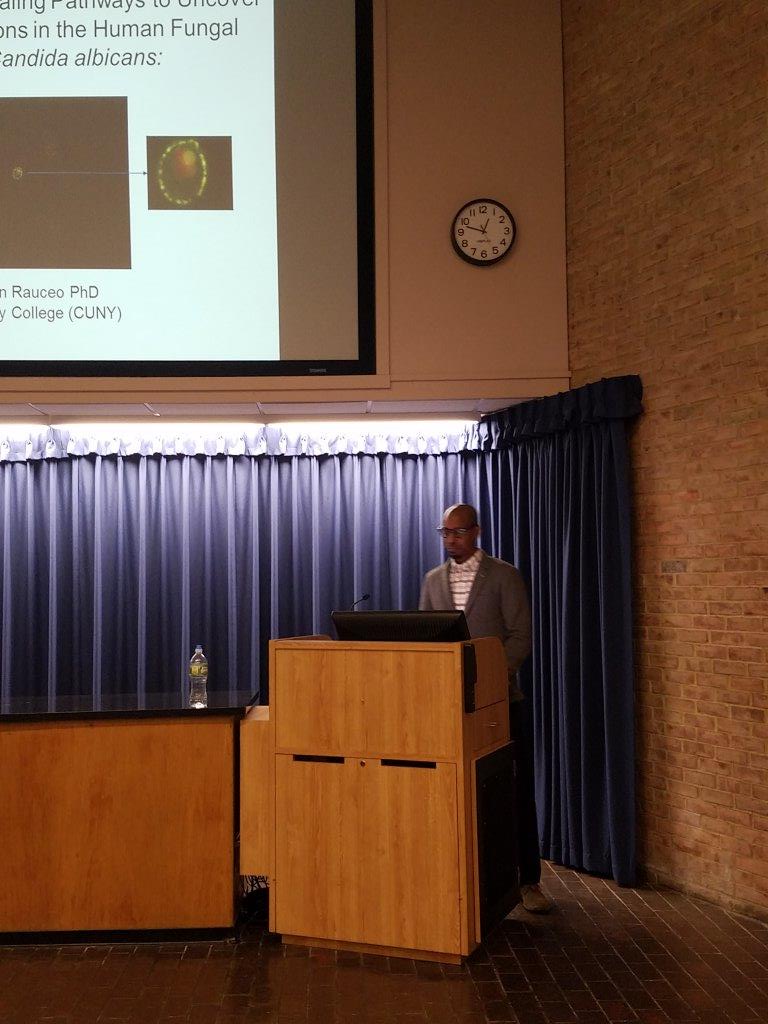 |
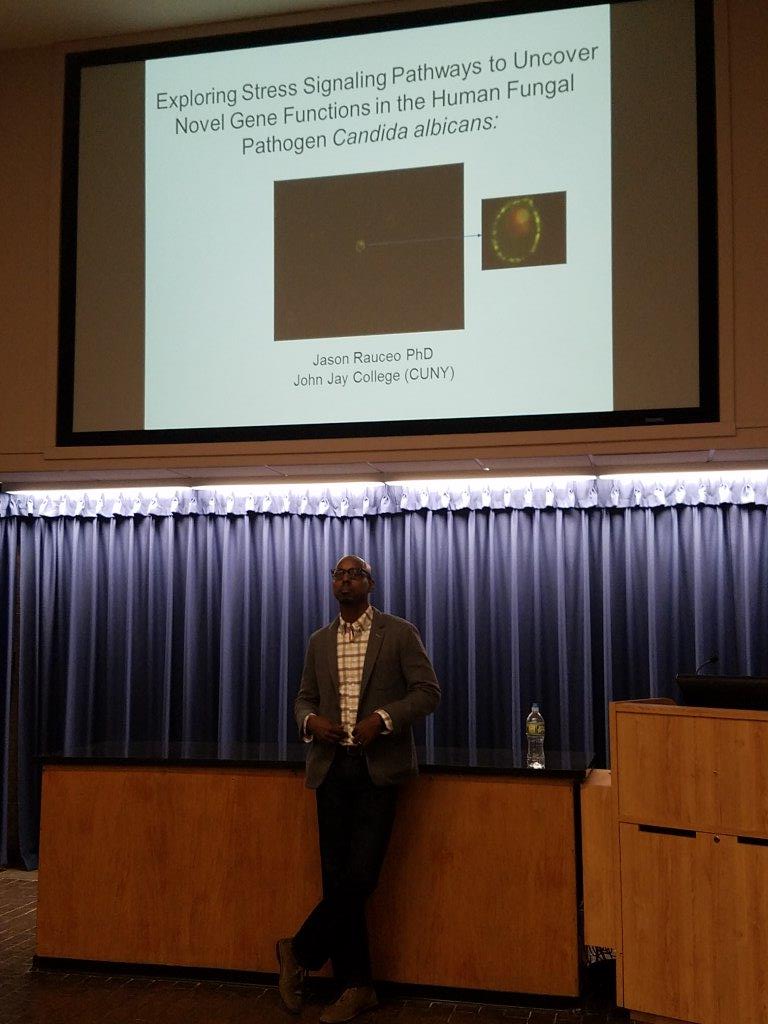 |
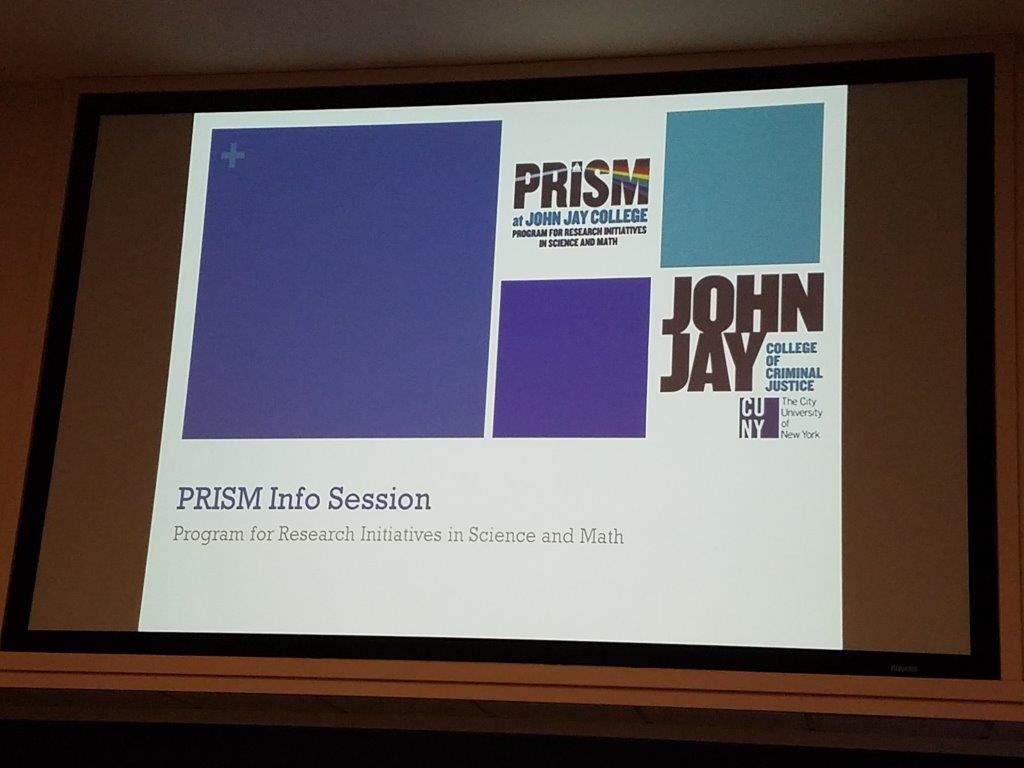 |
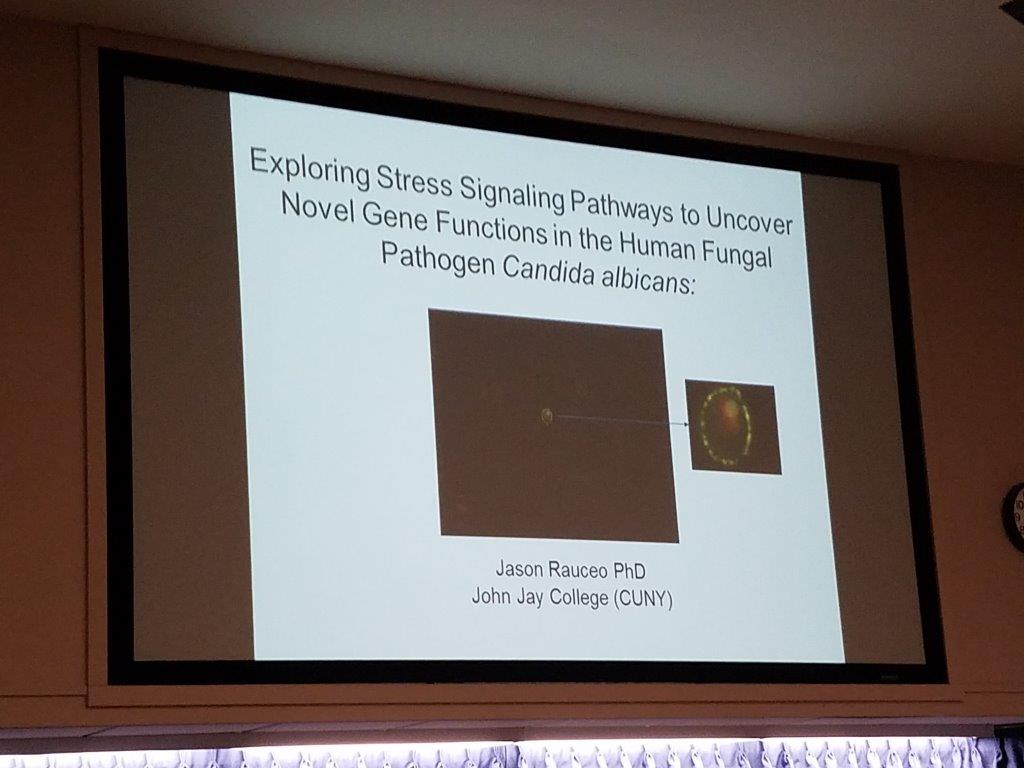 |
- Dr. Latha Venkataraman (Department of Applied Physics and Chemistry at Columbia University)
- November 4, 2016
- Title: "Electron Transport in Single-Molecule Circuits"
- Abstract: The proposal to create molecular analogs of circuit components dates back to the work of Aviram and Ratner from 1974, where they suggested using a single molecule as a diode circuit element in giving birth to the field of molecular electronics. This field has advanced tremendously since then; nanoscale single-molecule devices are now also used as test beds for understanding and controlling electron transfer across metal/organic interfaces. Despite the long-standing interest in creating molecular diodes, their experimental realization has been difficult, with only a handful of studies showing rectification at the single molecule level. In this talk, I will present methods to create single-molecule devices and measured their physical properties, including electronic transport and thermopower. I will then show how their molecular structure as well as the environment around these nanoscale systems can control their electronic characteristics.
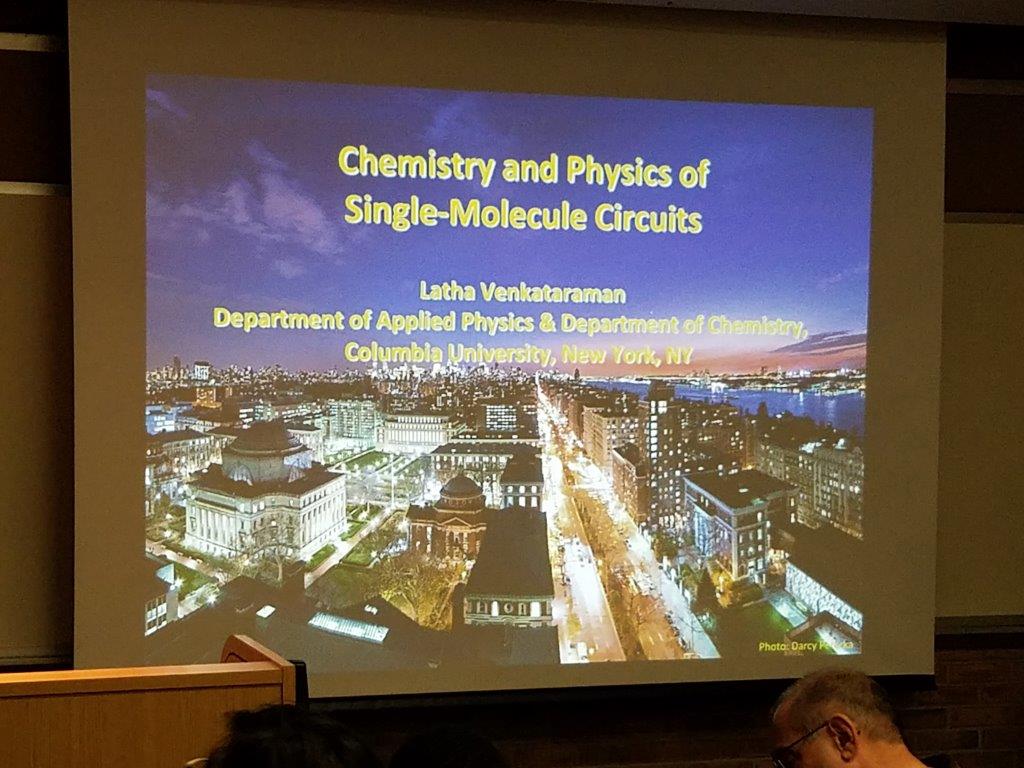 |
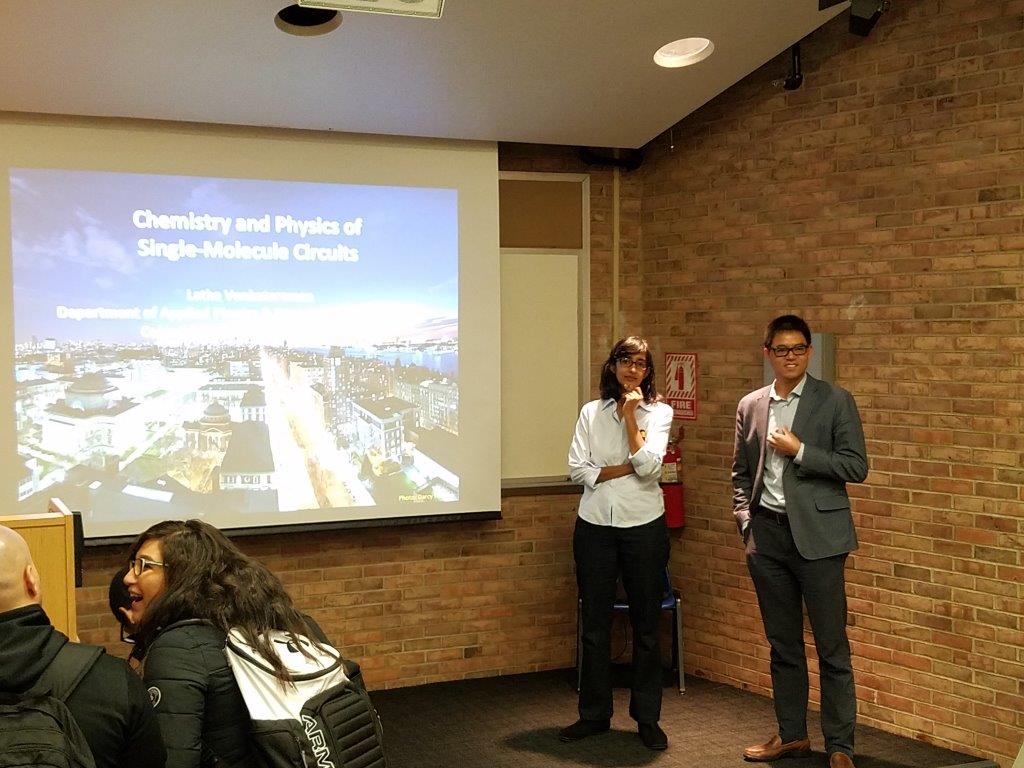 |
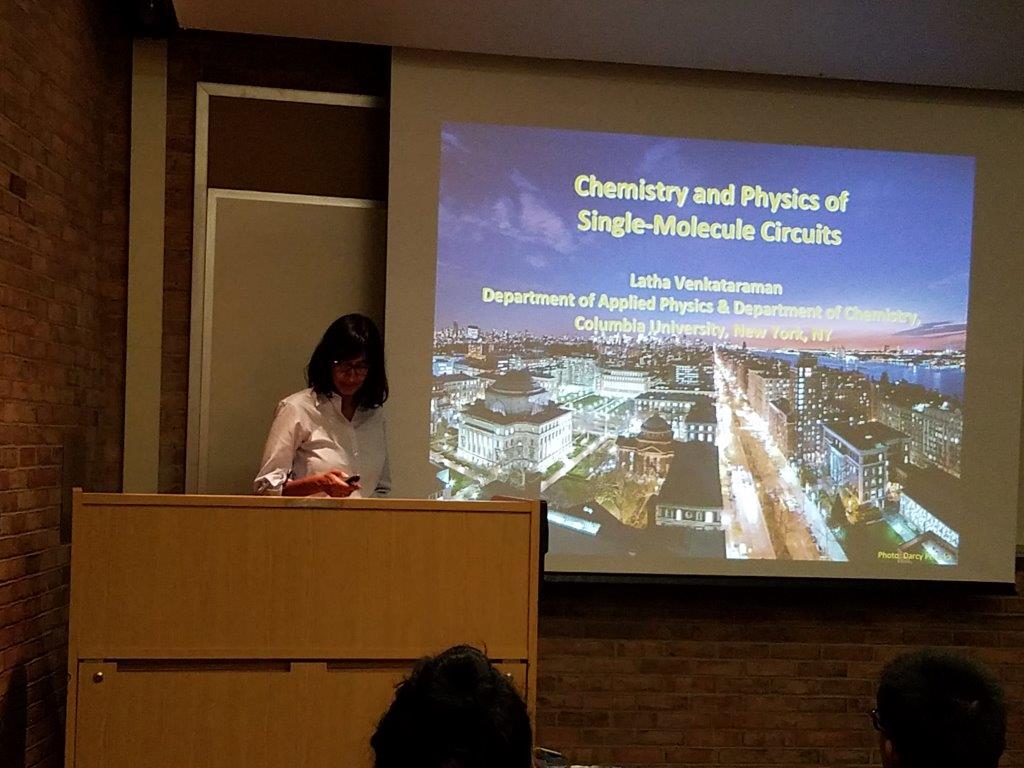 |
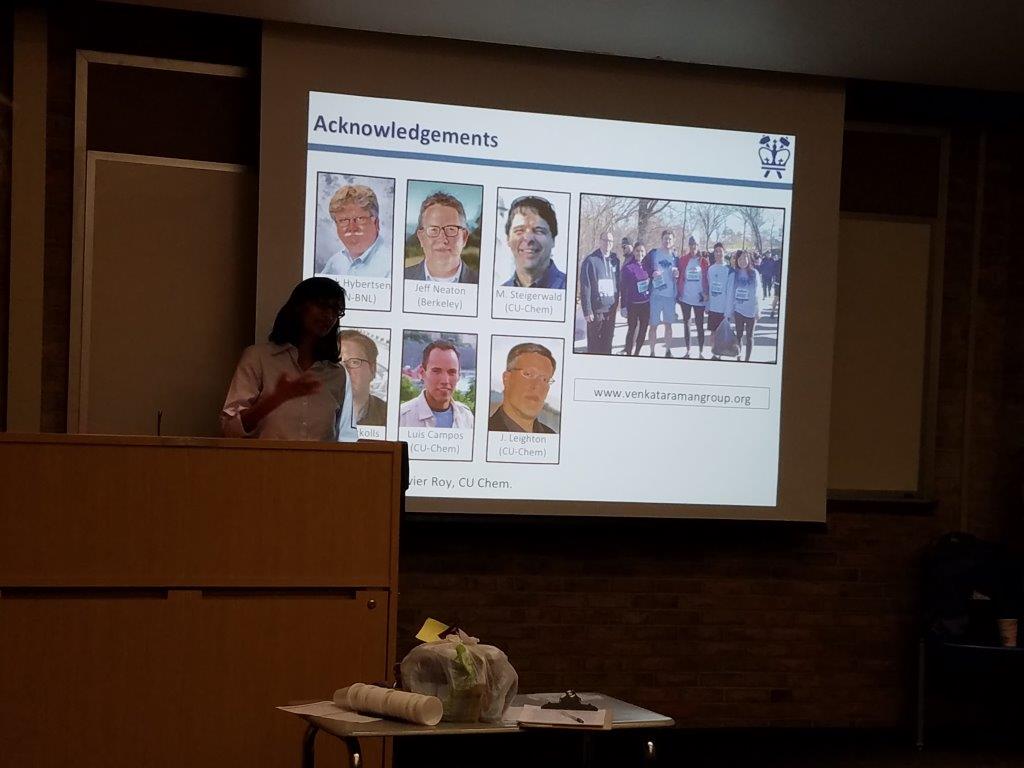 |
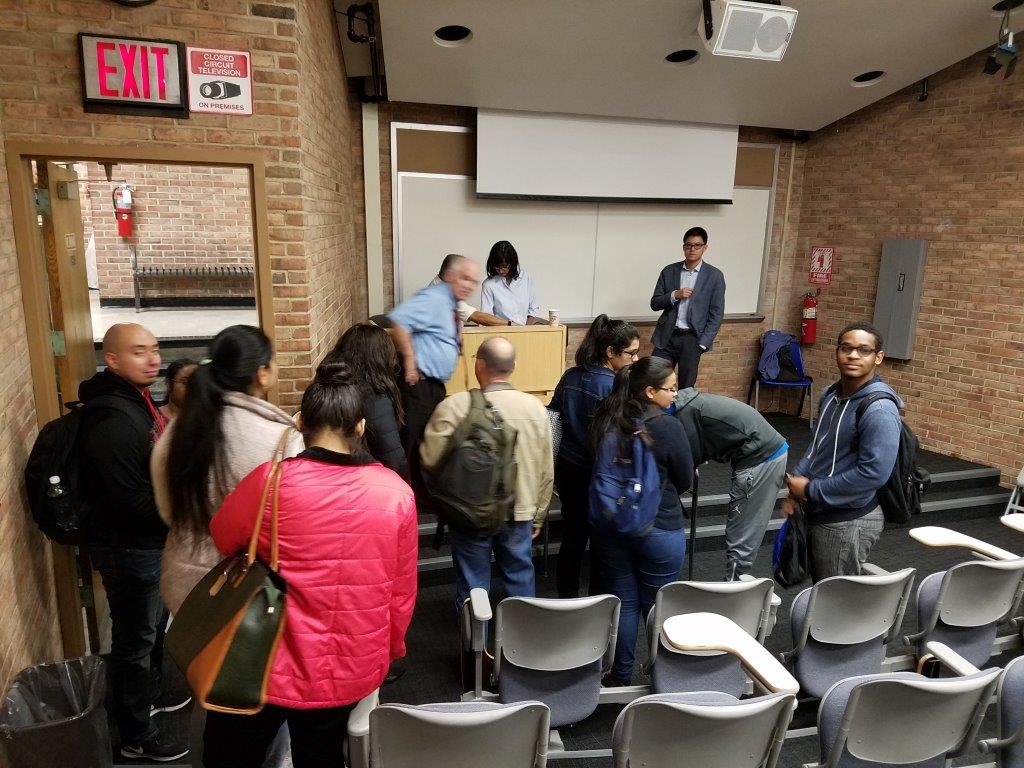 |
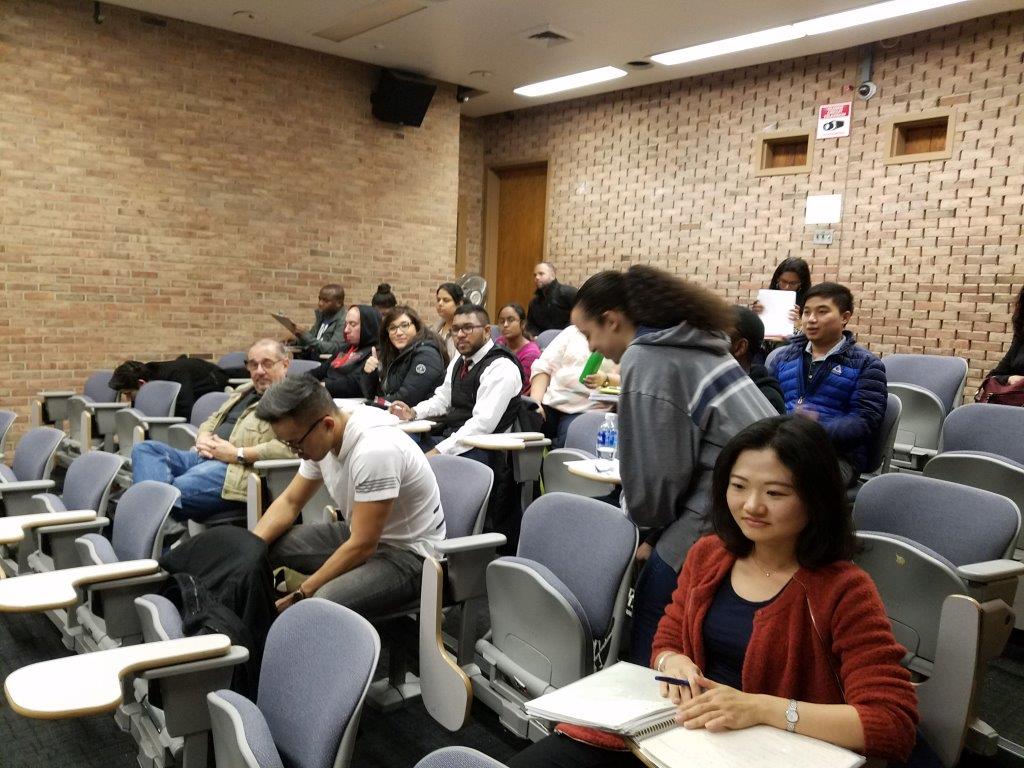 |
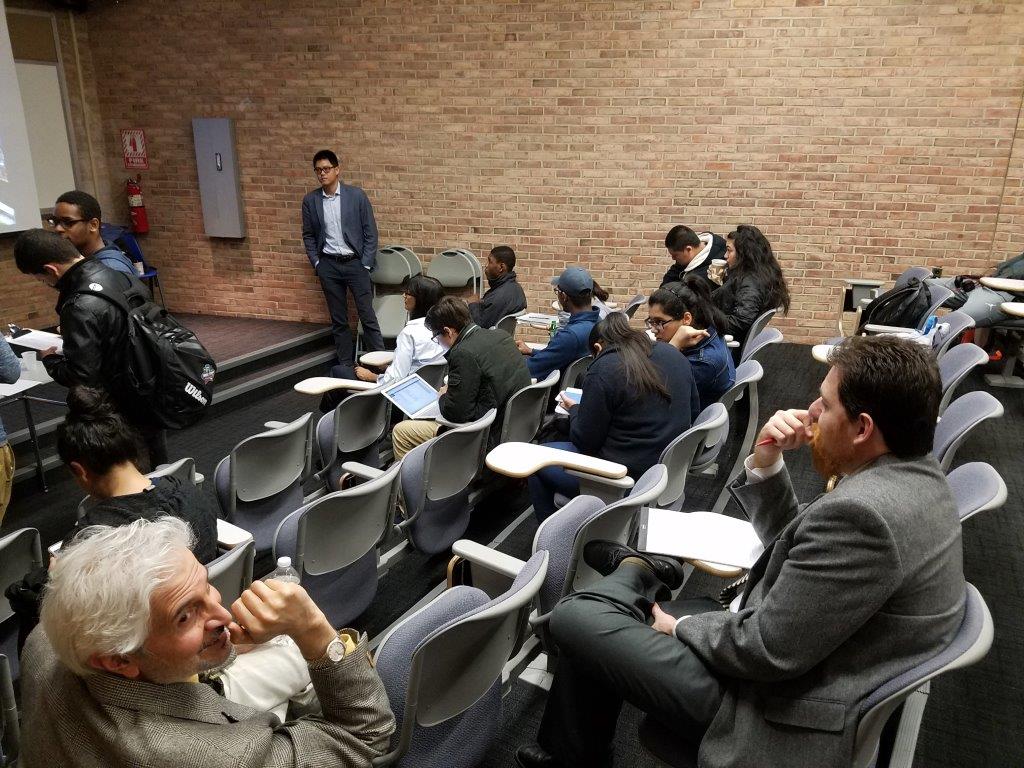 |
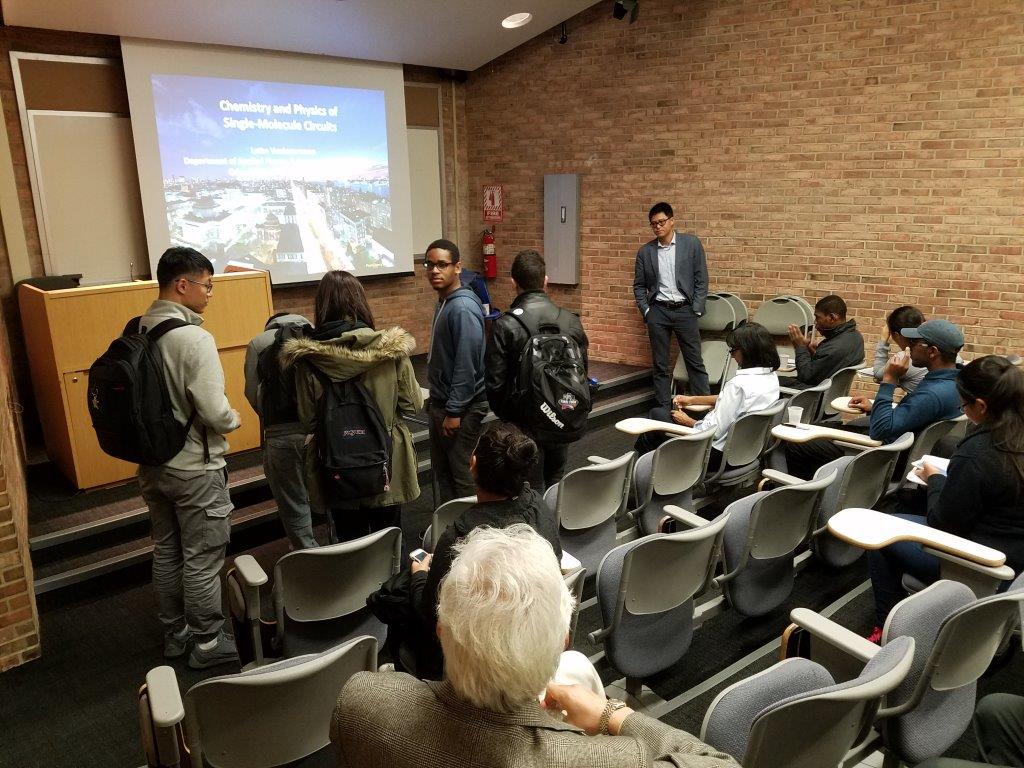 |
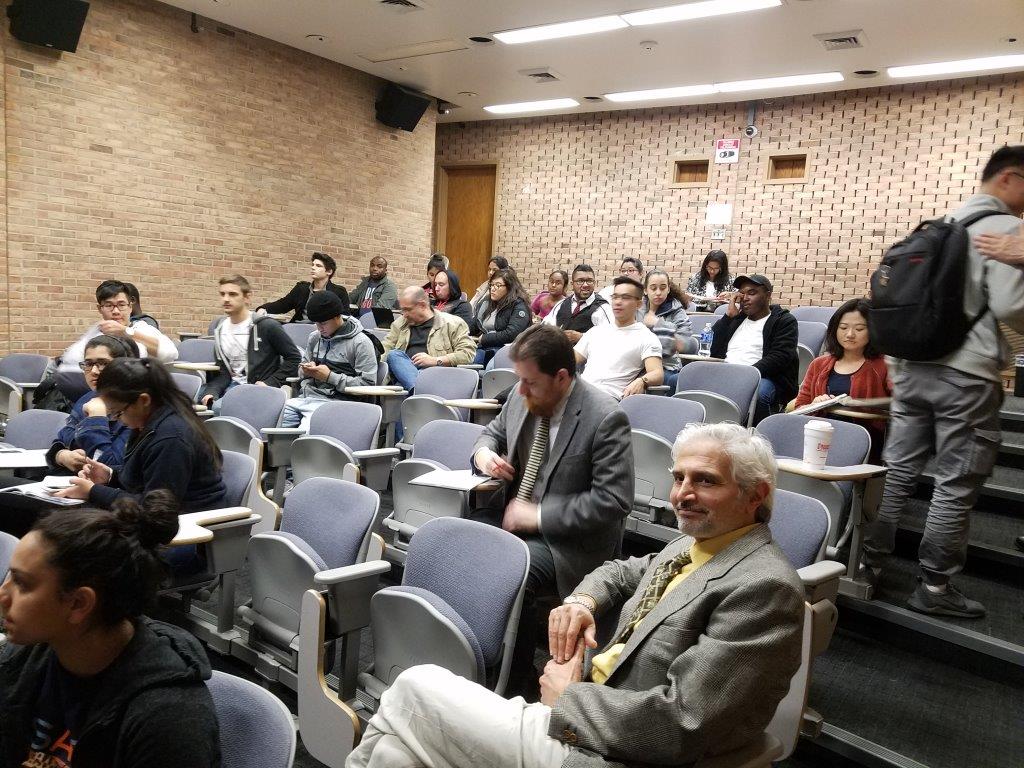 |
 |
- Dr. Sujun Wei, Queensborough Community College– CUNY
- November 3, 2016 (The LI-ACS Seminar)
- Title: "Exciting Semi-Conducting Materials Discovery in Organic Electronics"
- Abstract:Organic electronics is a fascinating and interdisciplinary field of material science, concerning the design, synthesis, characterization, and application of organic small molecules or polymers. Typical applications include Organic Light-Emitting Diodes (OLED), Organic Field-Effect Transistors (OFET) and Organic Solar Cells (OSC). The emergence of new technology is often preceded by significant advances in materials. In this seminar, I’ll introduce this particular field, and discuss our recent efforts in the exploration and understanding of a few new semiconducting materials. Among them I will focus on polymers containing thiophene-1,1-dioxide (TDO) by oxidizing polythiophenes with Rozen’s reagent (HOF·CH3CN). This reaction can be controlled with this potent, yet orthogonal reagent under mild ambient conditions. It proceeds in a matter of minutes, introducing up to sixty percent TDO moieties in the polymer backbone. The resulting polymers have a remarkable low-lying unoccupied orbital (LUMO), consequently exhibiting a small band gap. I’ll also discuss the investigation of small molecules’ semiconducting properties by the Scanning Tunneling Microscope-based Breaking Junction method (STM-BJ).
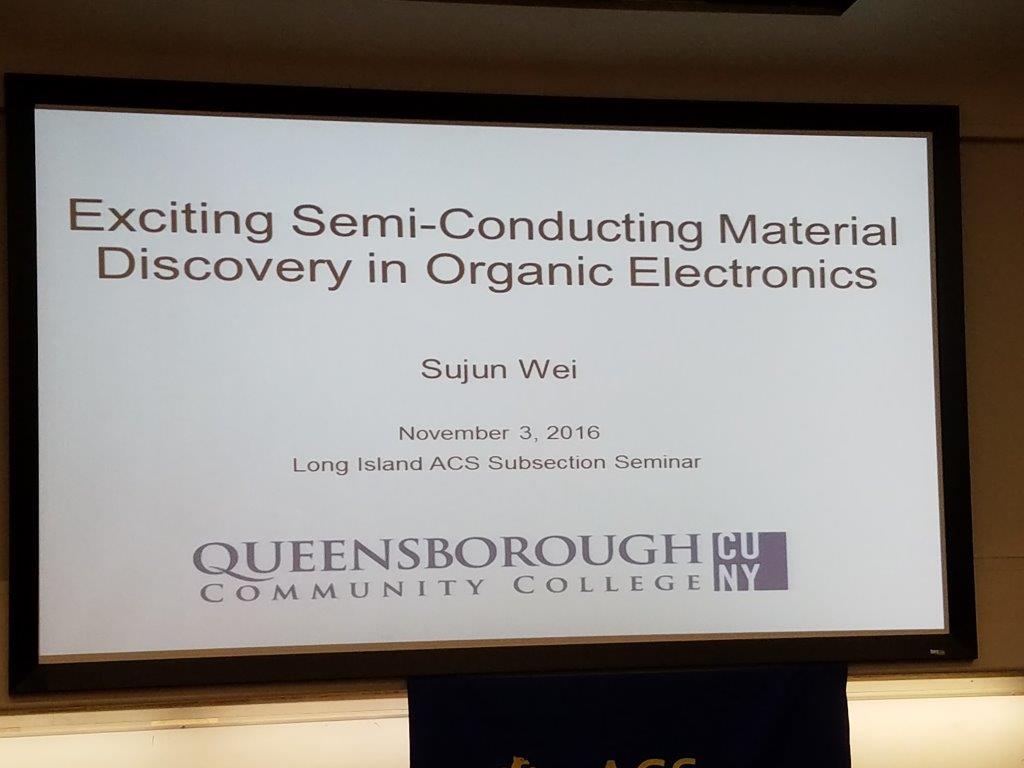 |
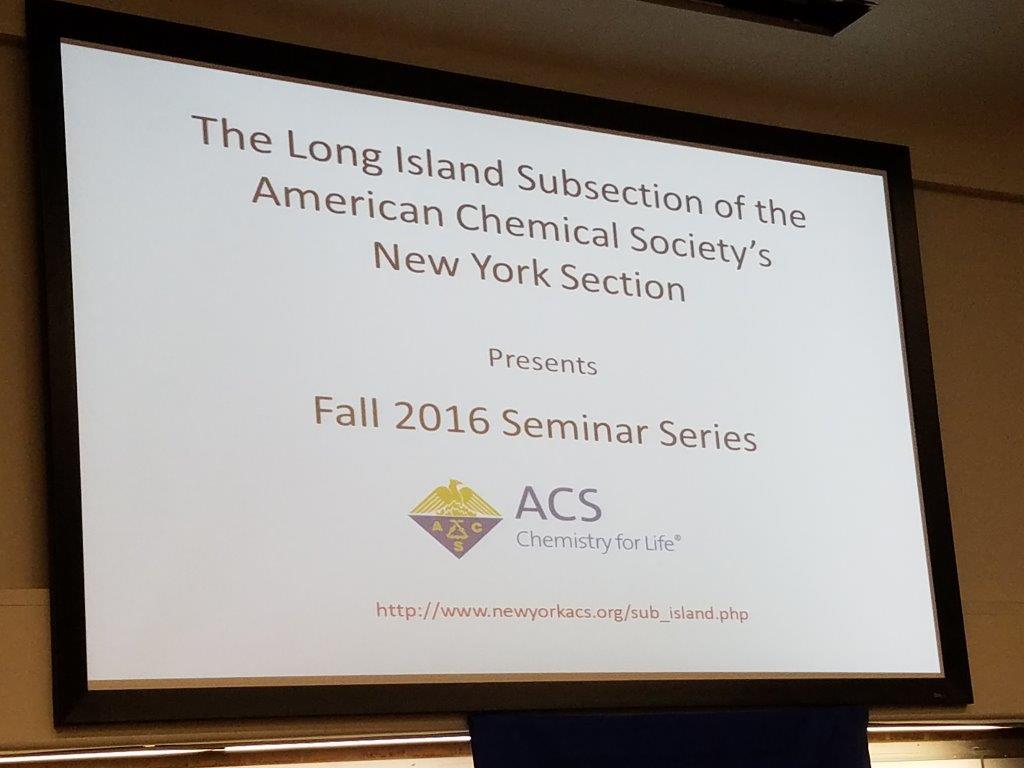 |
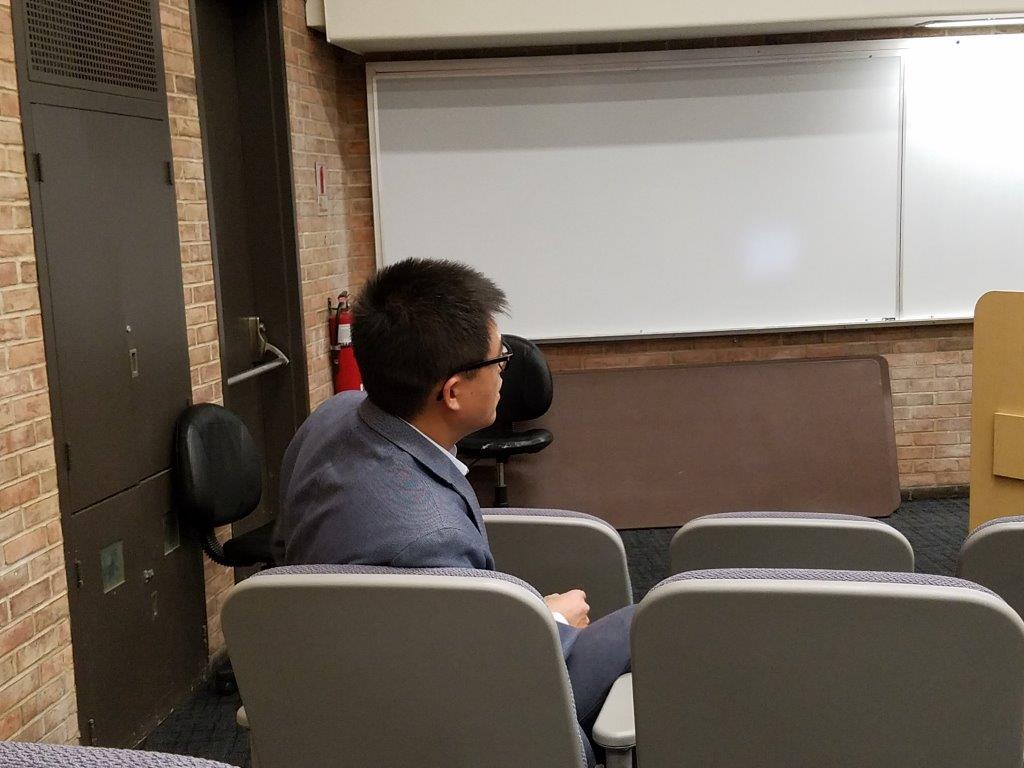 |
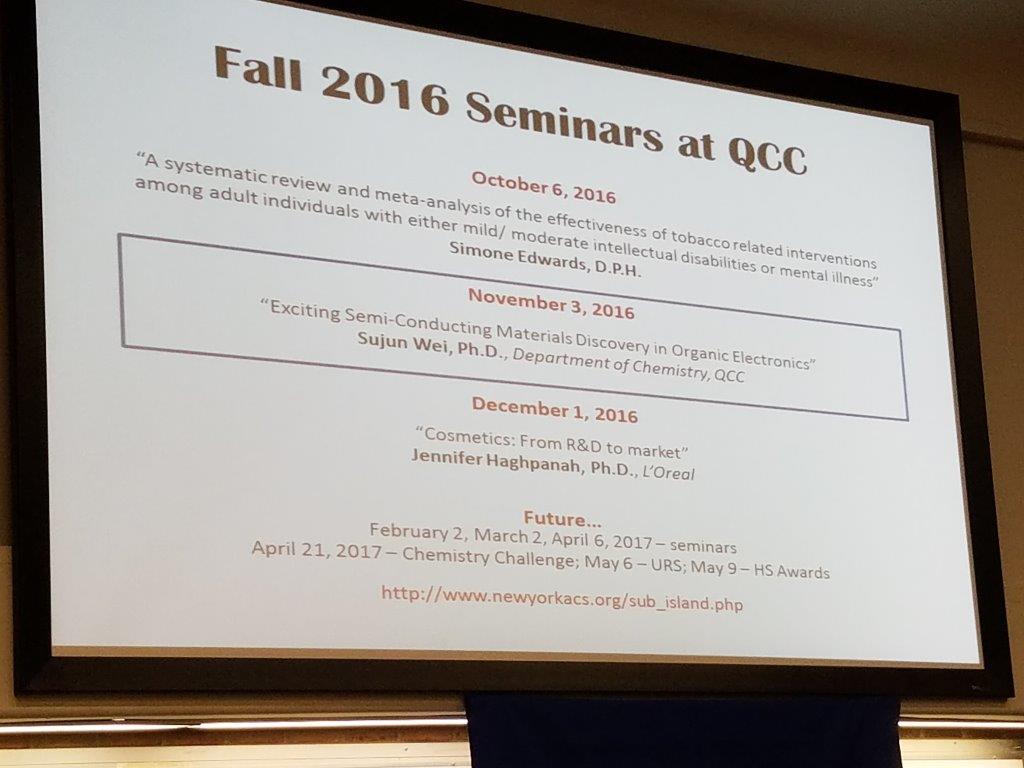 |
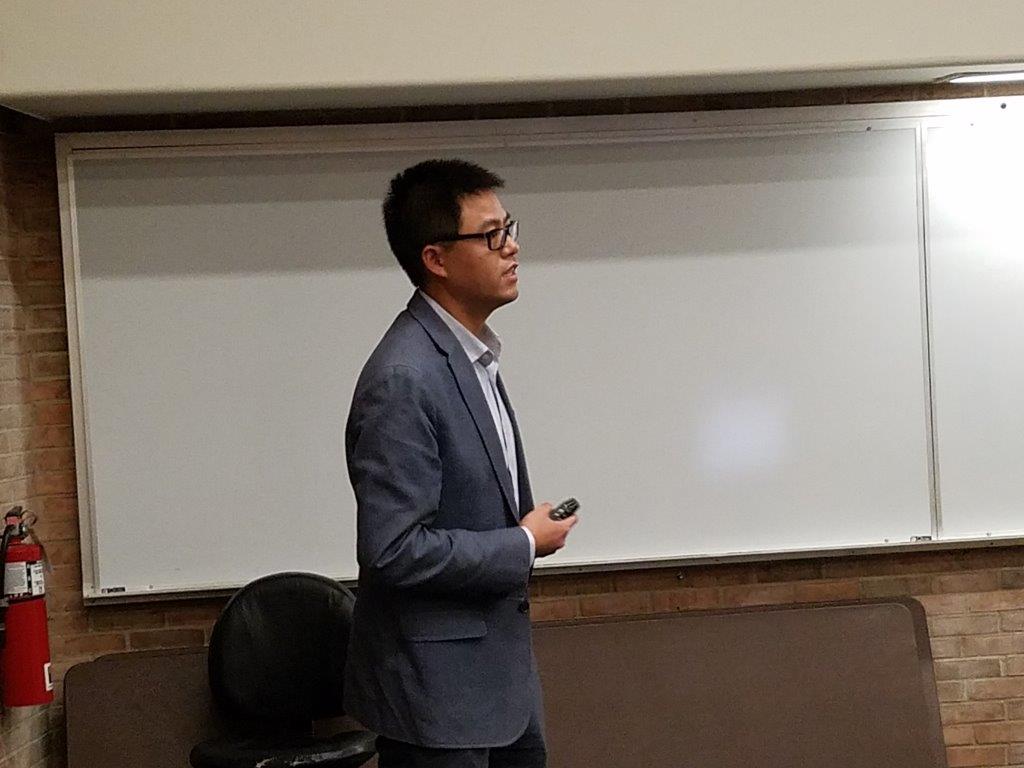 |
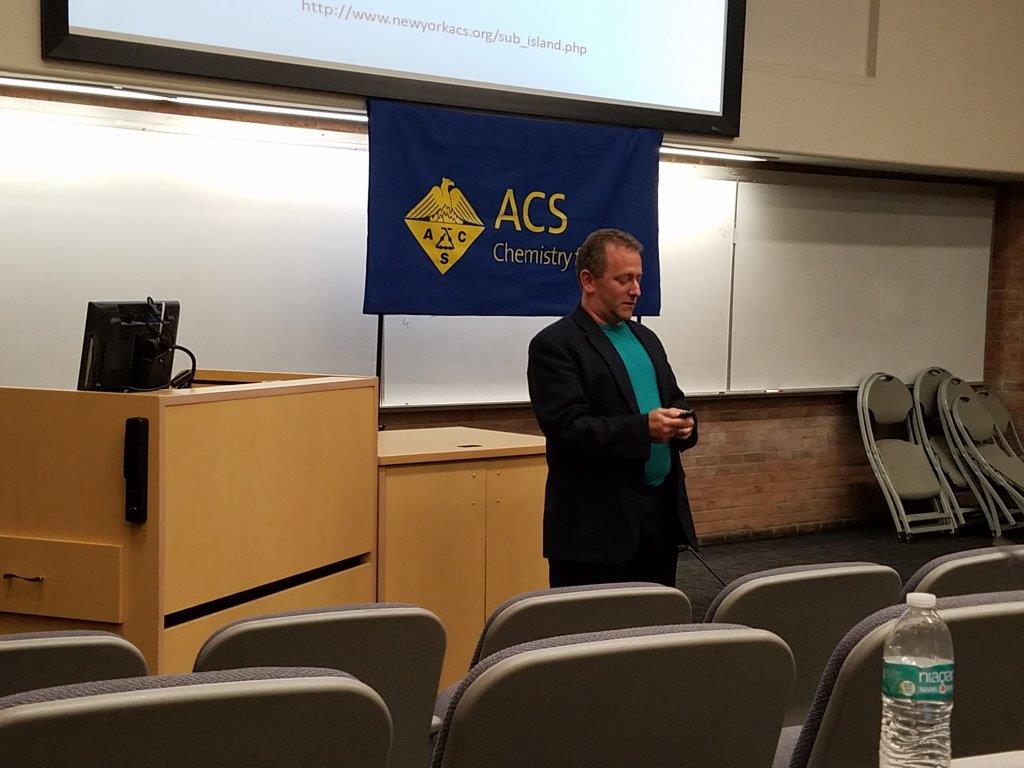 |
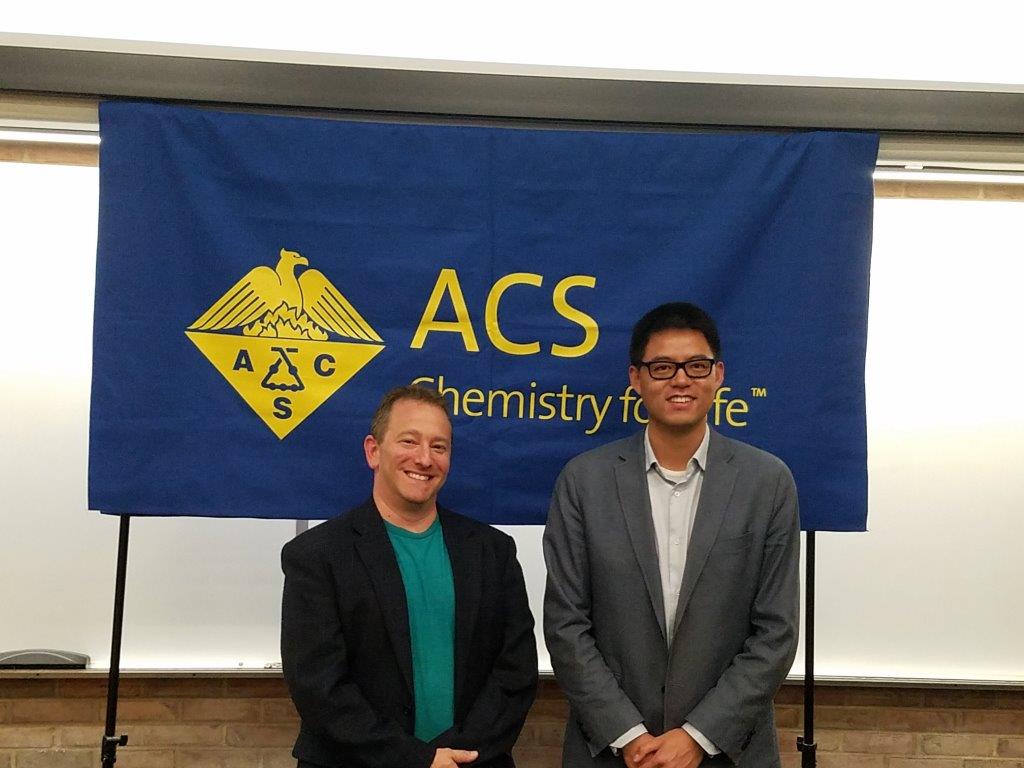 |
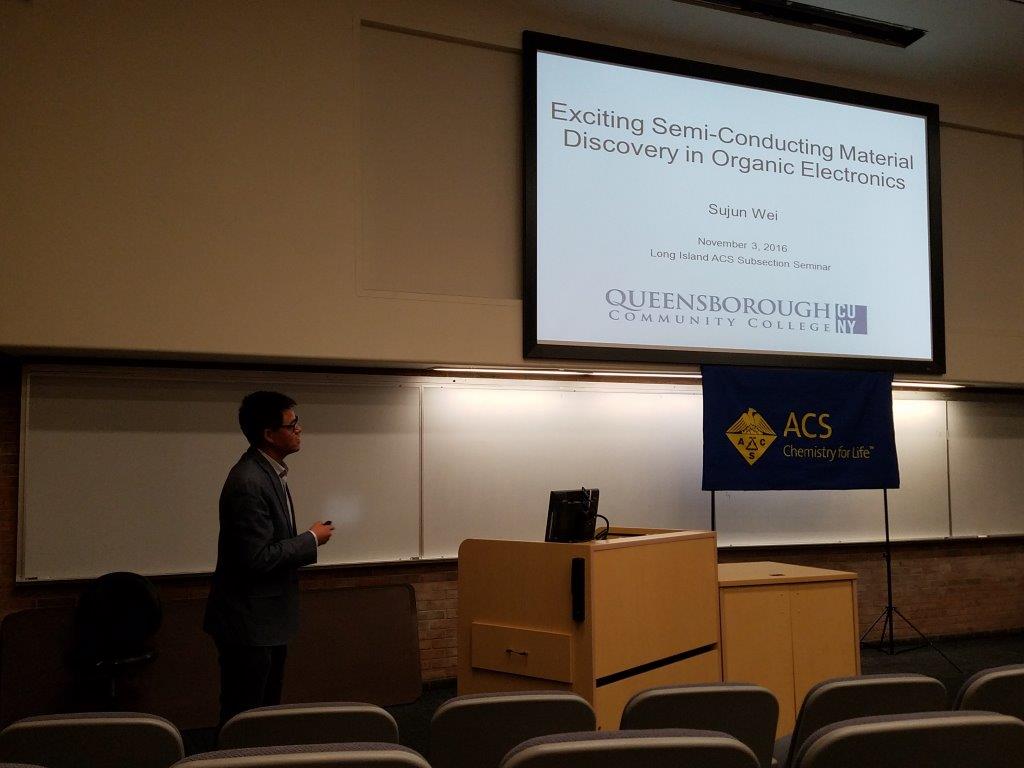 |
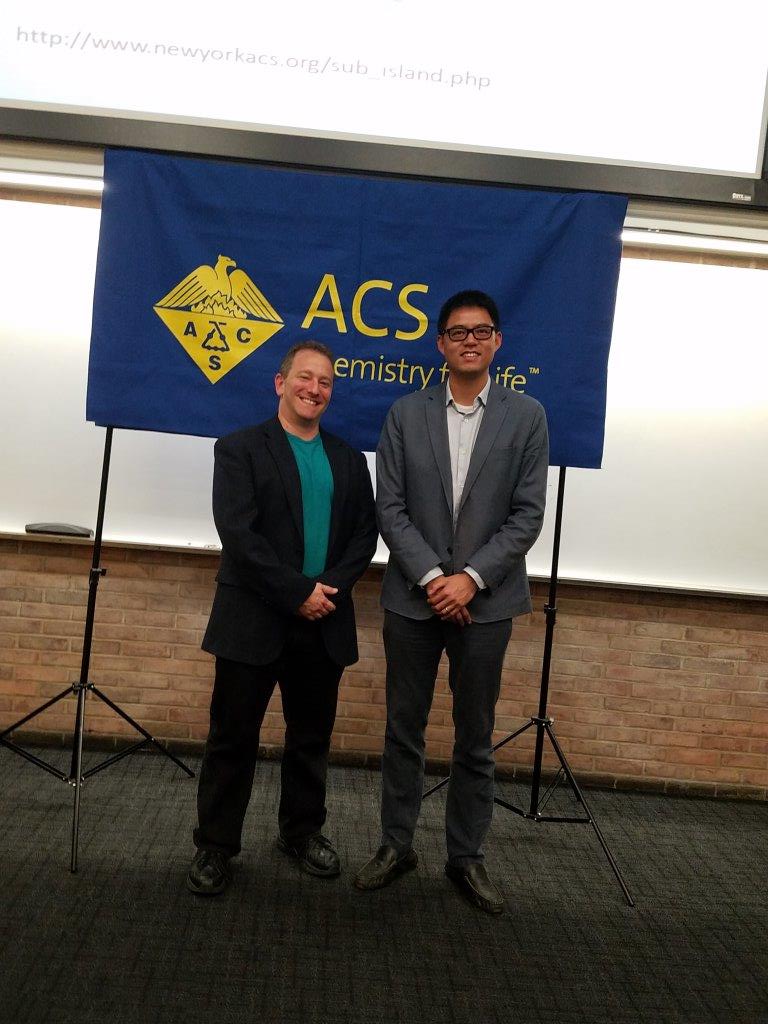 |
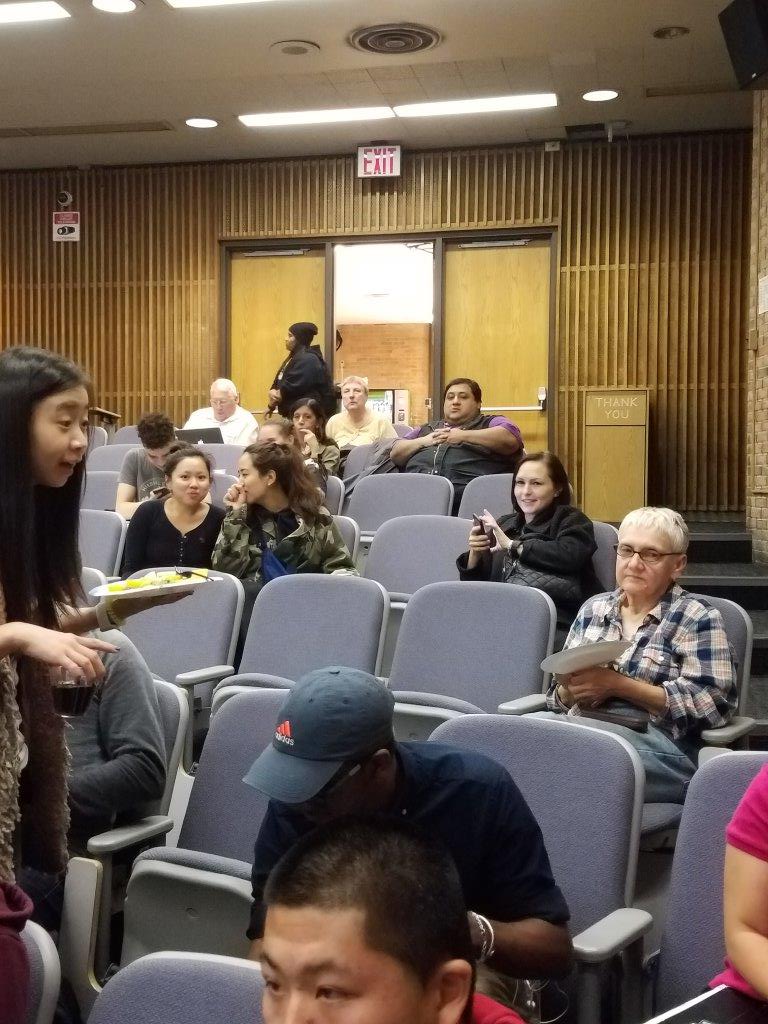 |
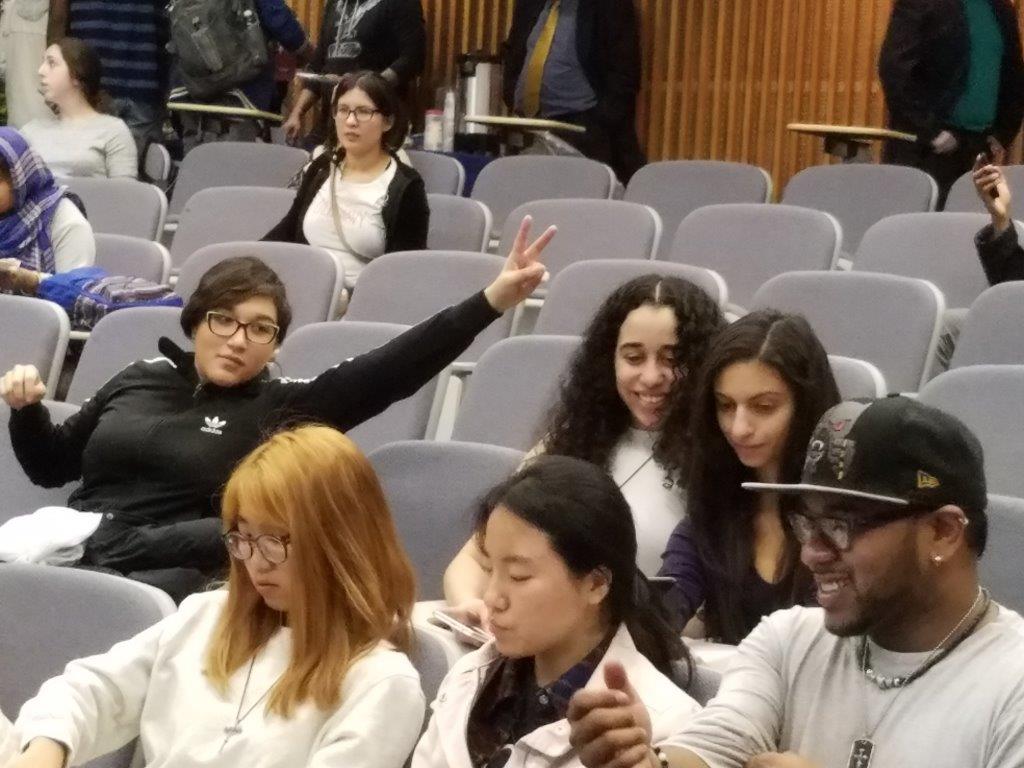 |
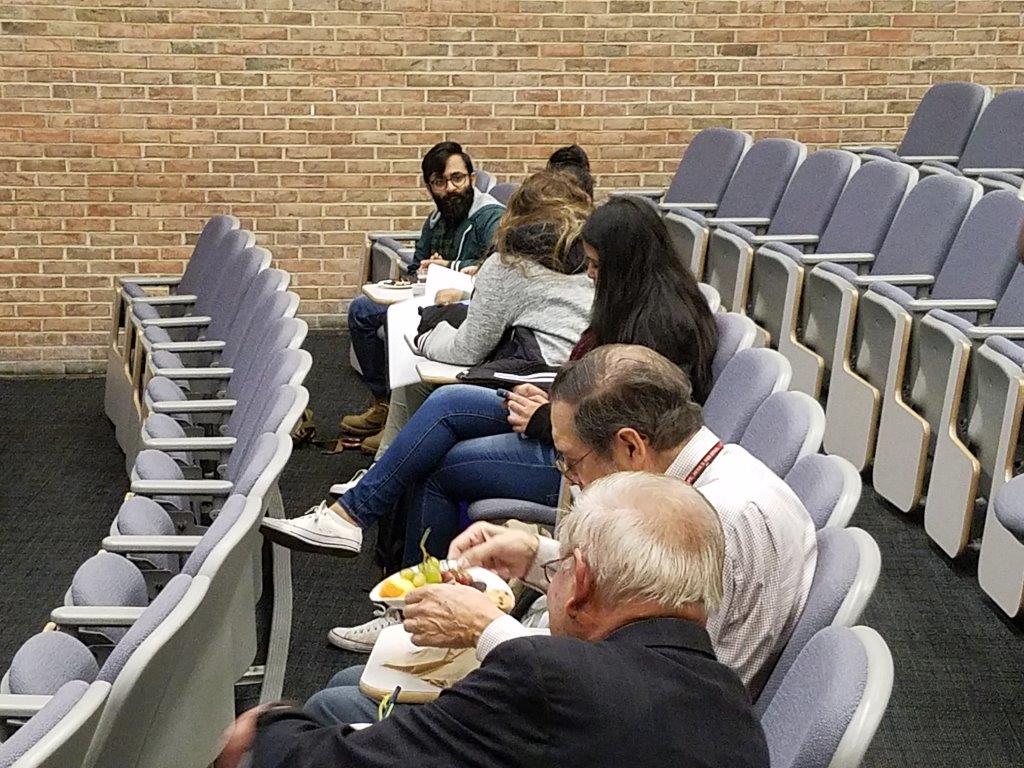 |
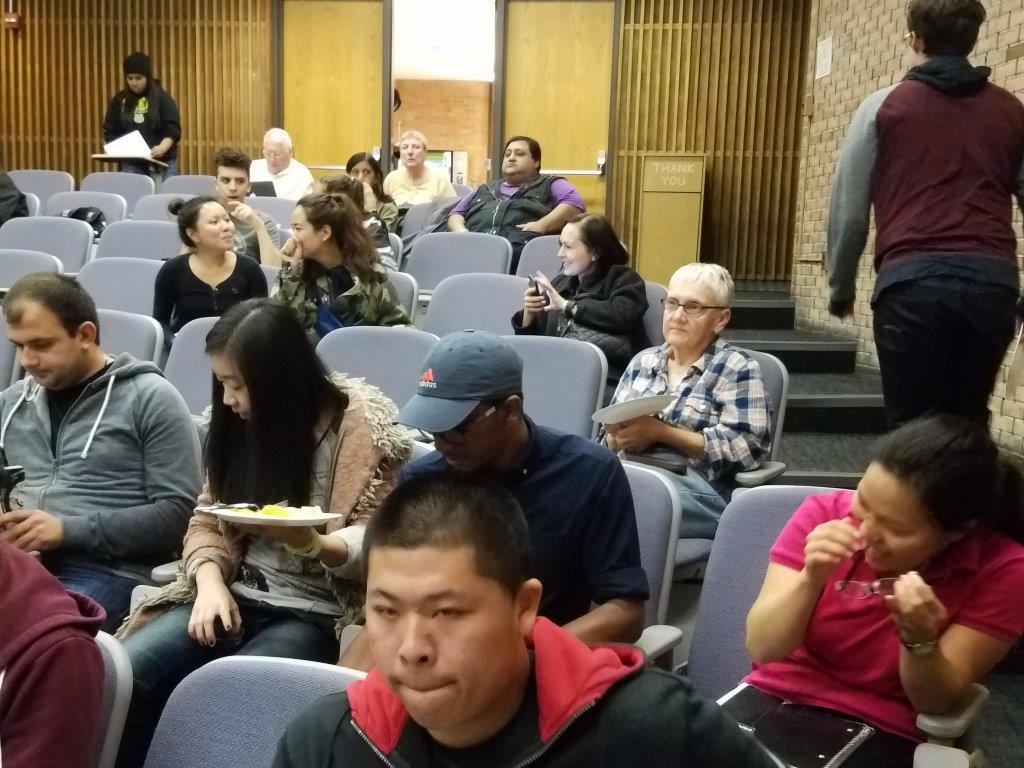 |
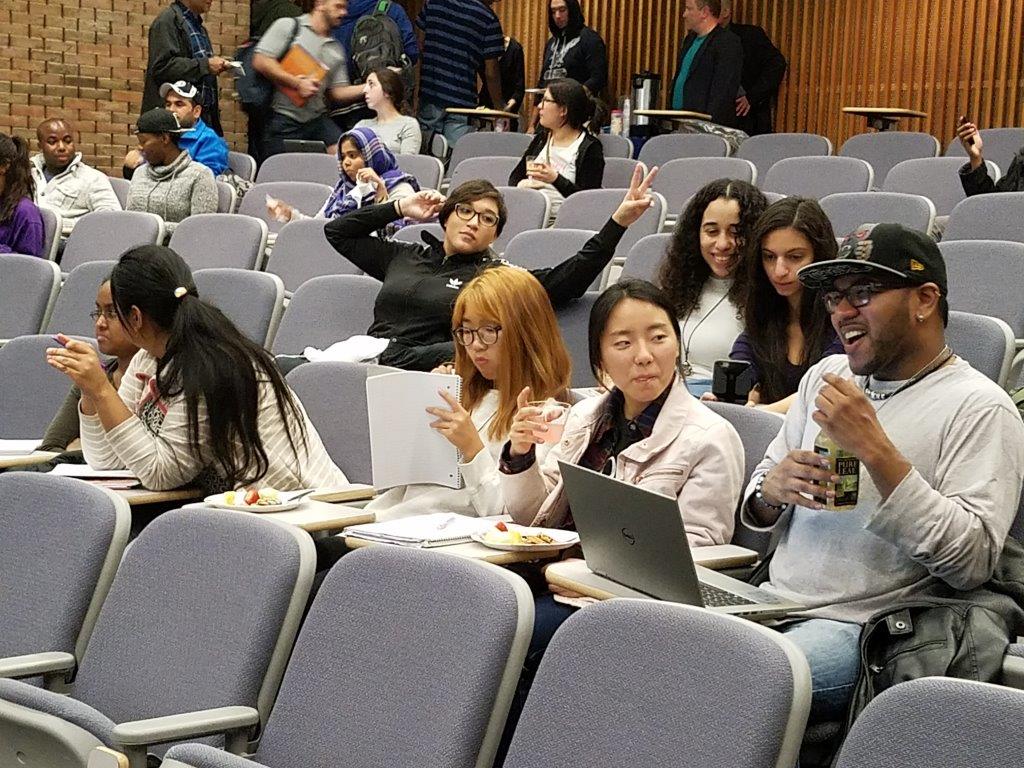 |
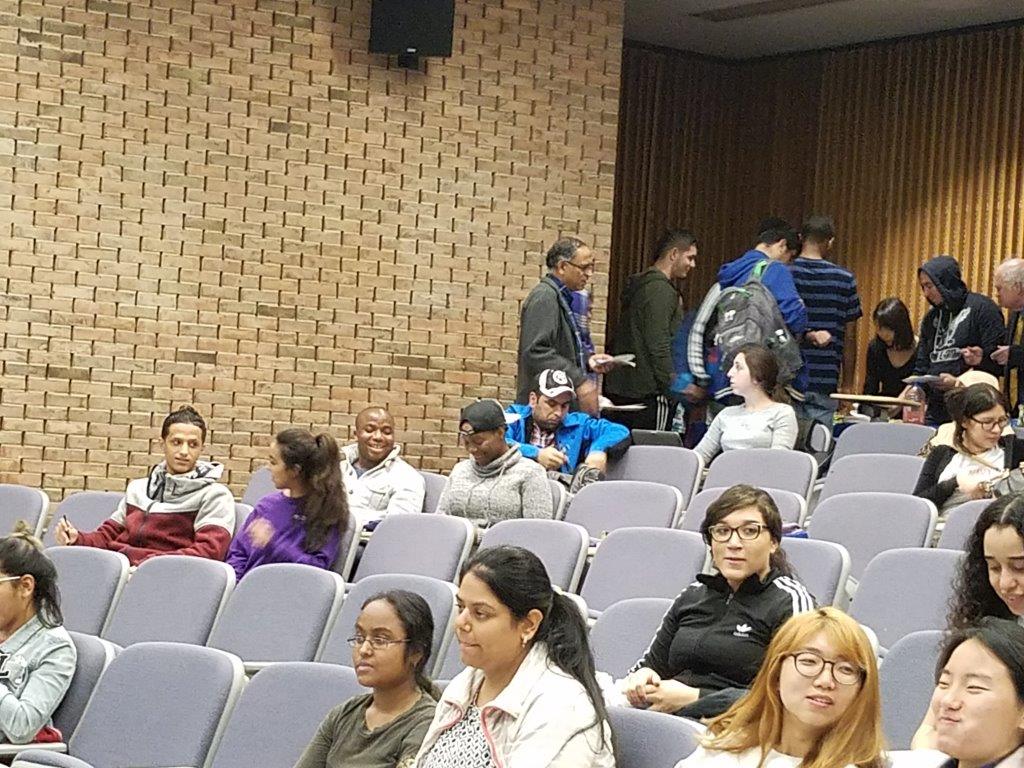 |
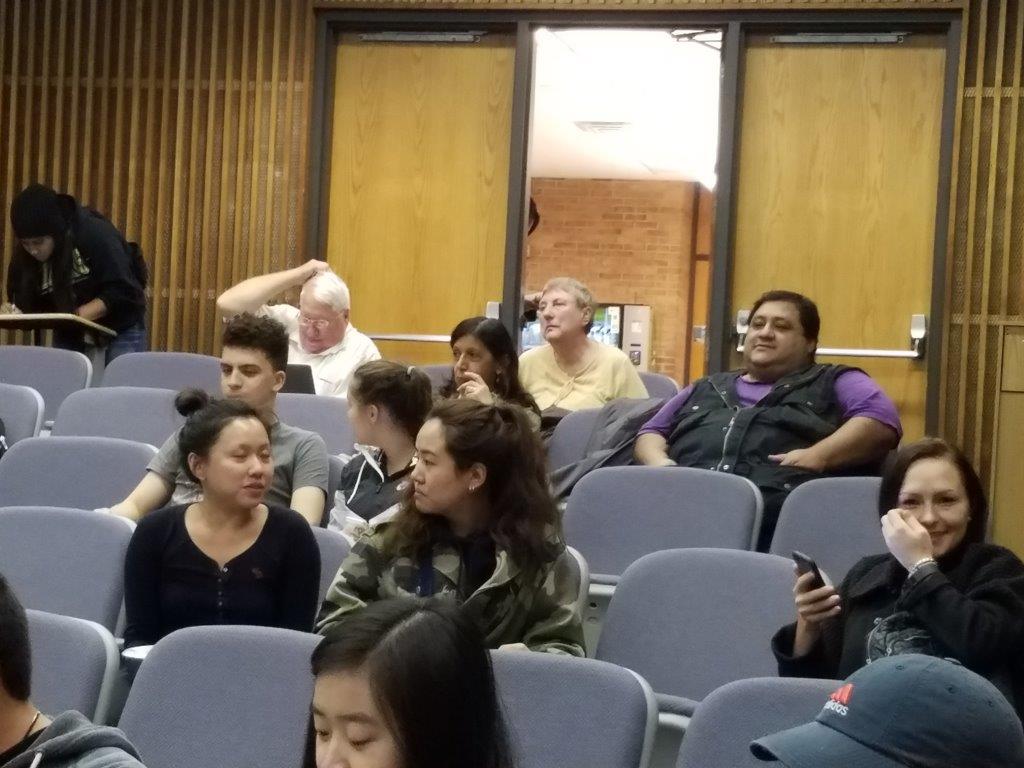 |
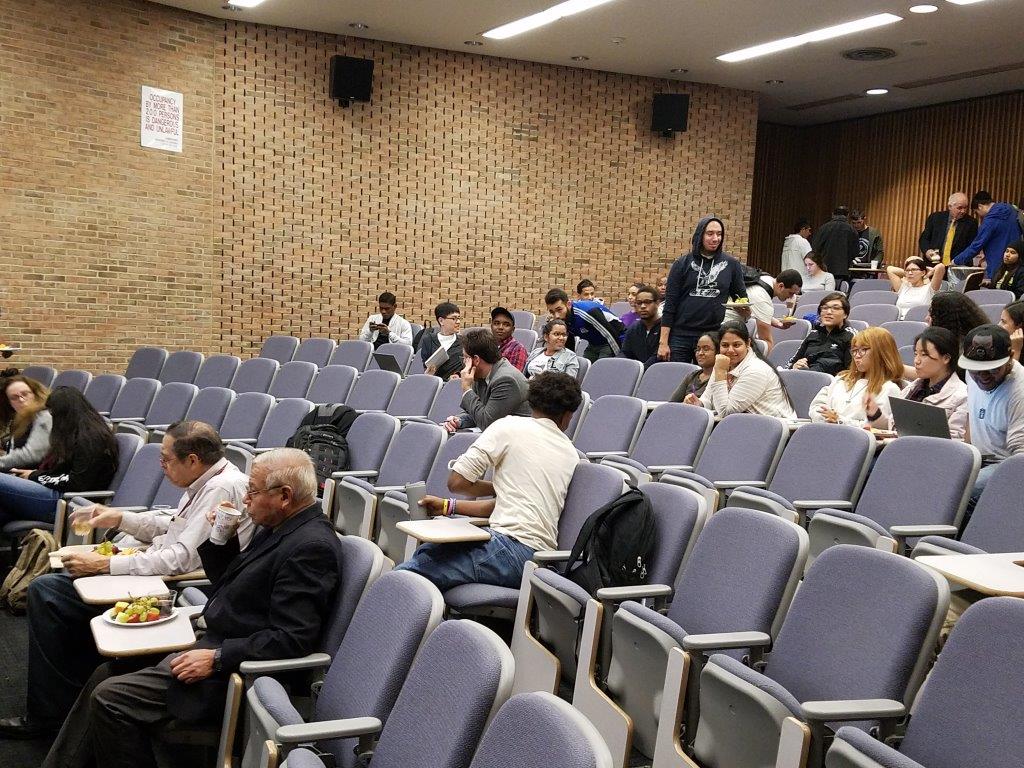 |
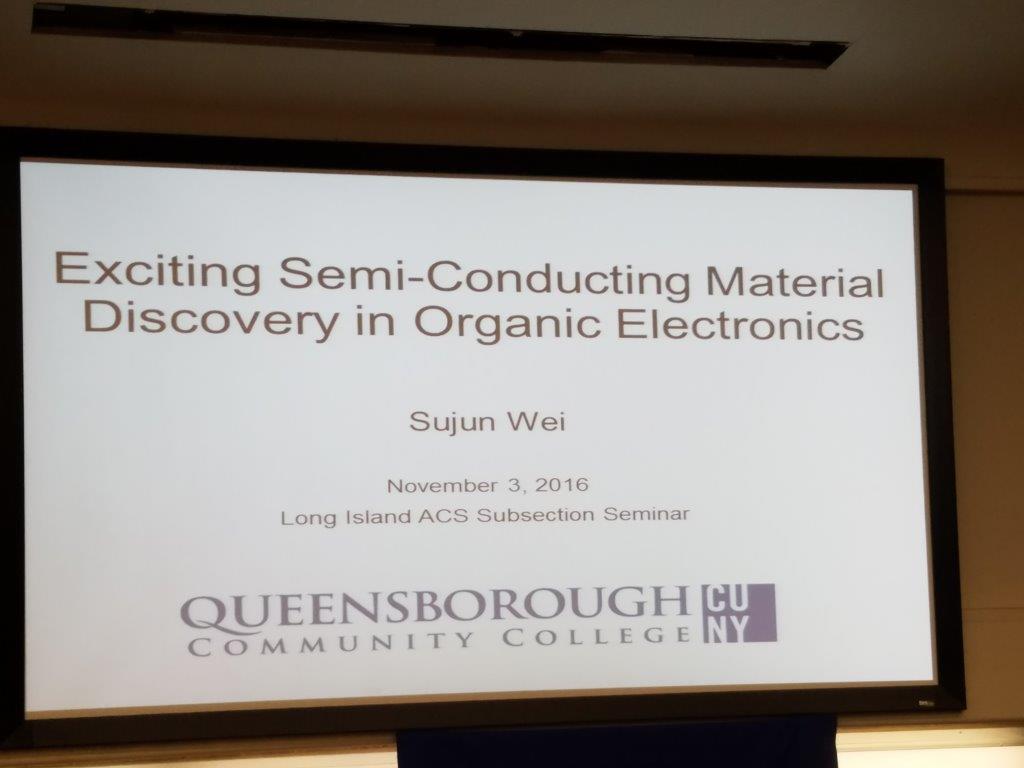 |
- Dr. Simone E. Edwards (QCC graduate), United Cerebral Palsy of New York City
- October 6, 2016 (The LI-ACS Seminar)
- Title: "A systematic review and meta-analysis of the effectiveness of tobacco related interventions among adult individuals with either mild/ moderate intellectual disabilities or mental illness"
- Abstract:The effectiveness of smoking cessation interventions for the treatment of MI smokers is promising, as evidenced by the small, positive effects in this present study. In addition, the MI interventions included were significantly more effective for long-term cessation than no treatment at all. On the other hand, future research for the ID population should be conducted using a randomized controlled trial or clinical controlled trial so as to increase their statistical power.
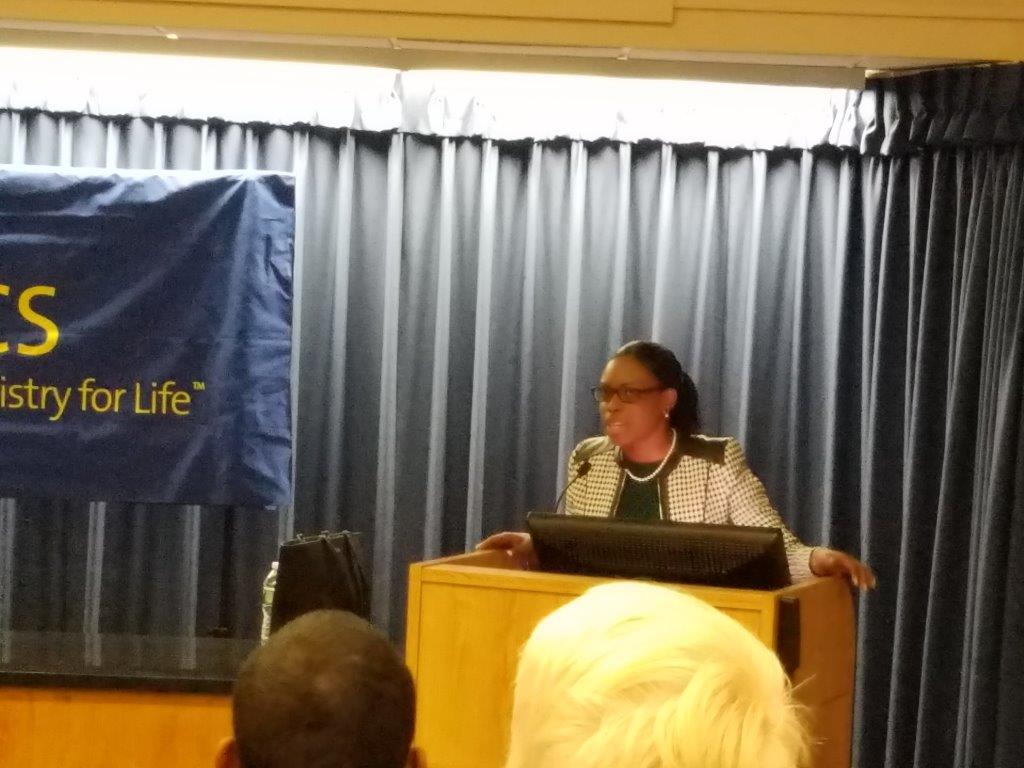 |
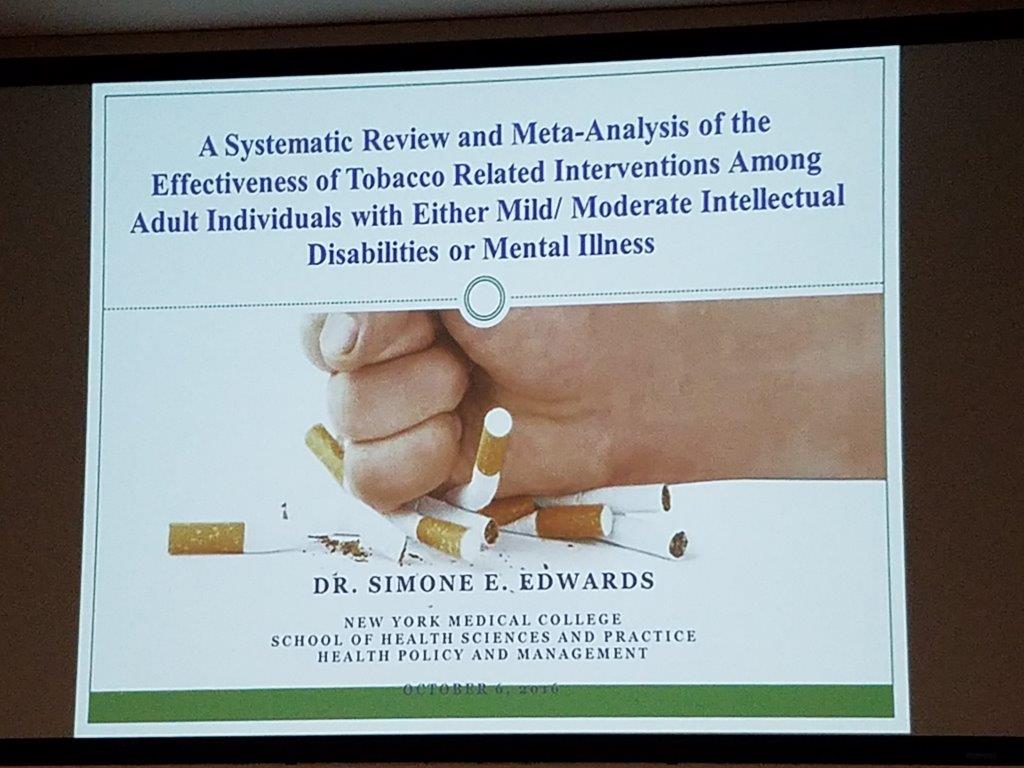 |
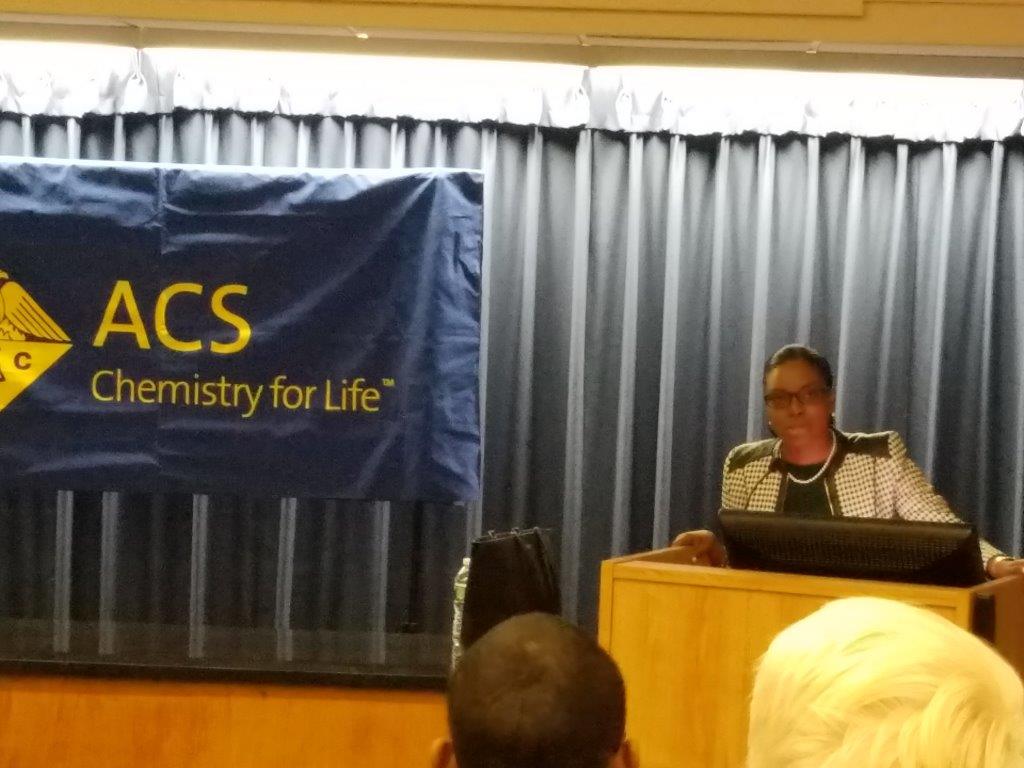 |
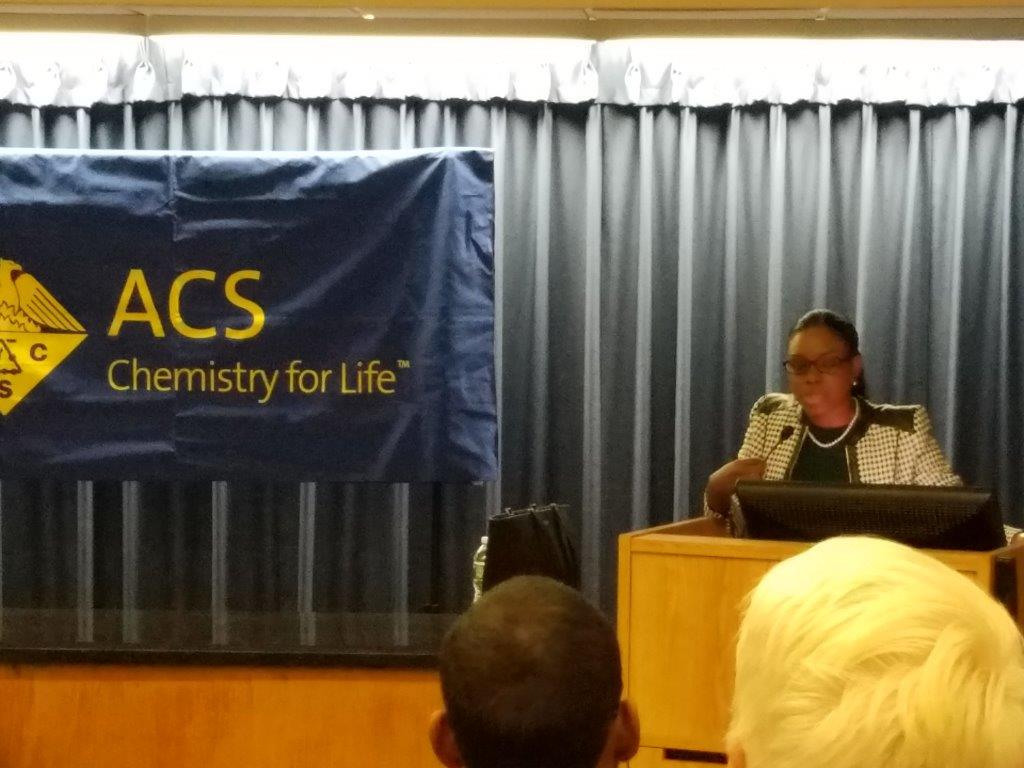 |
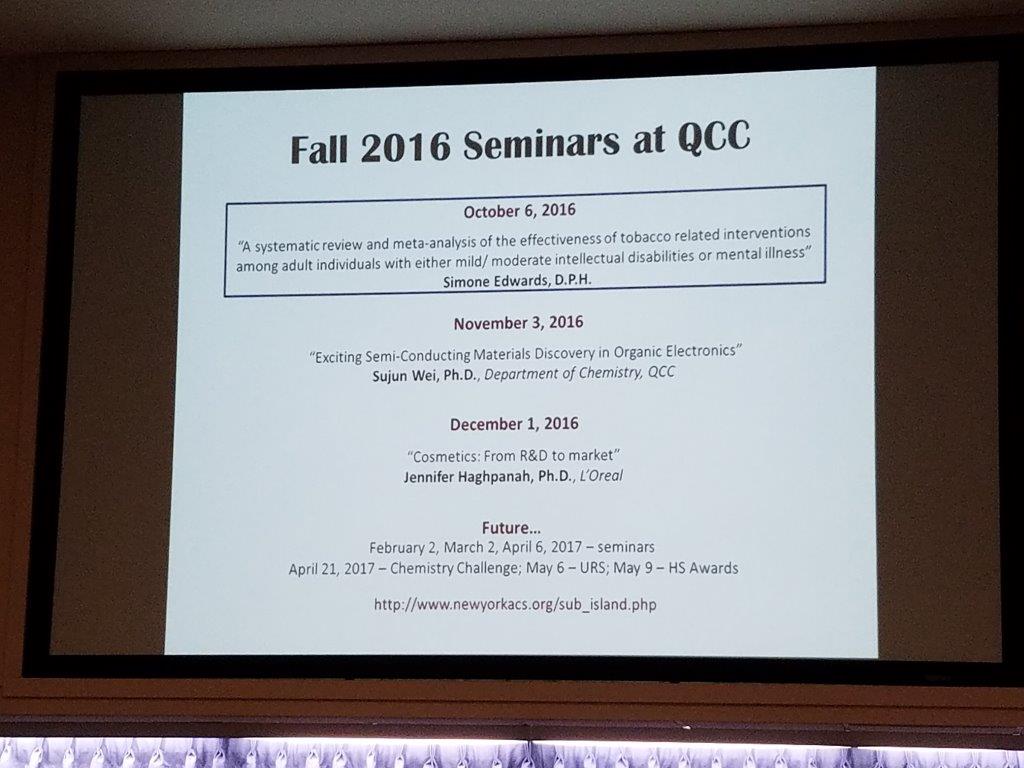 |
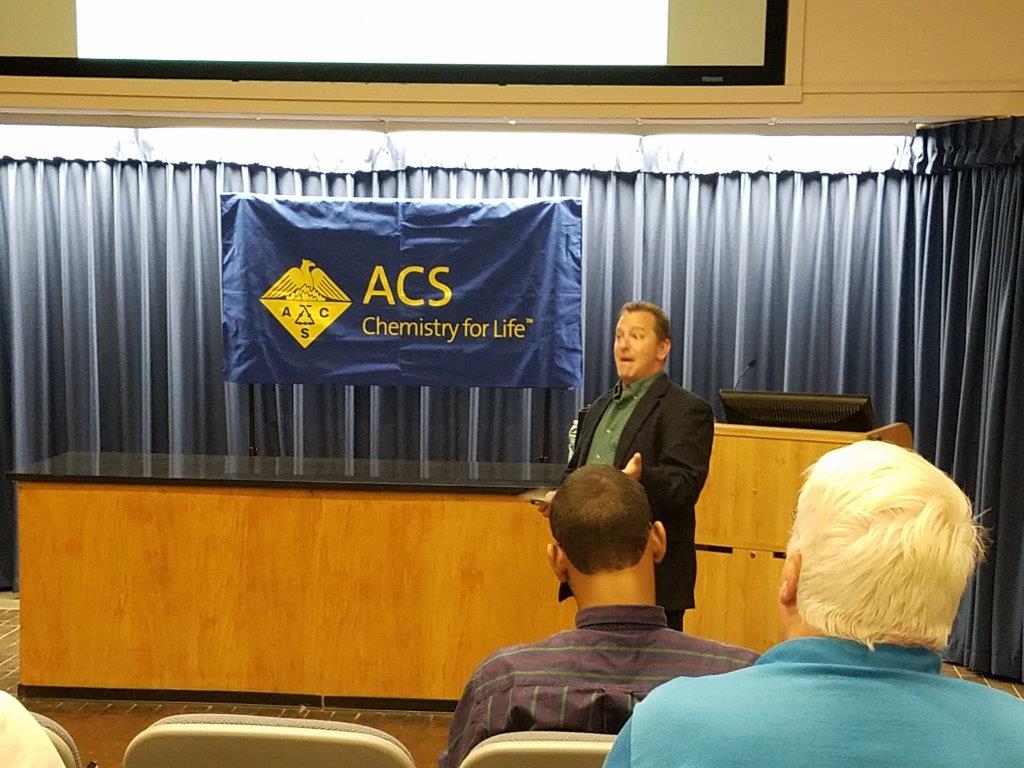 |
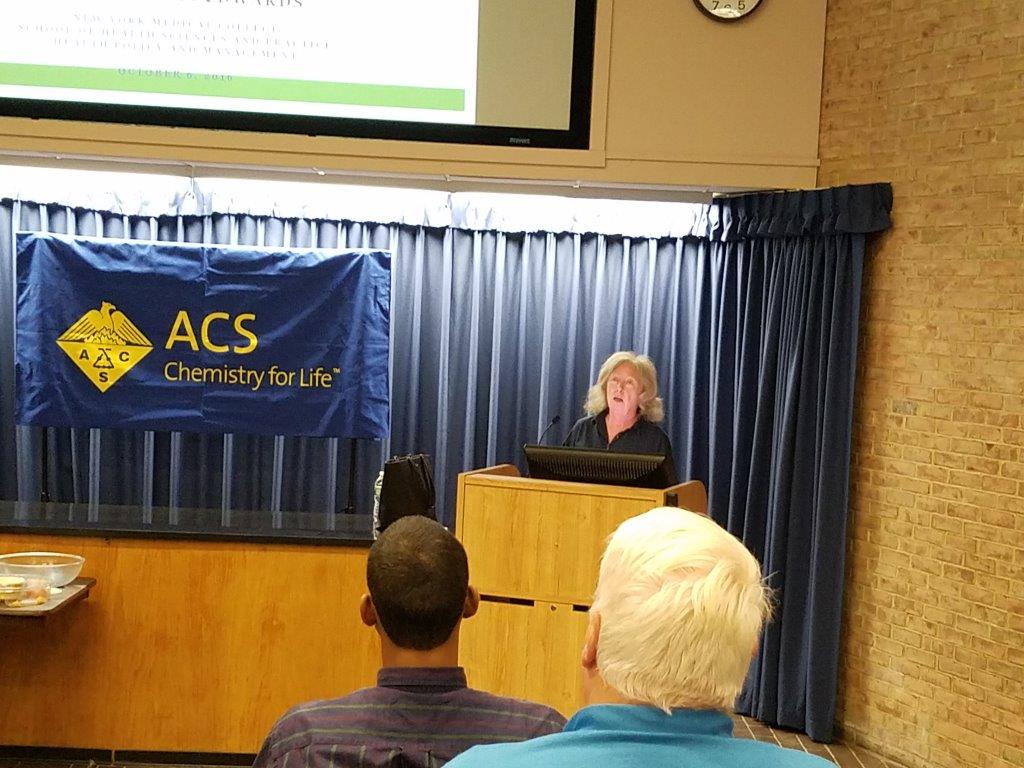 |
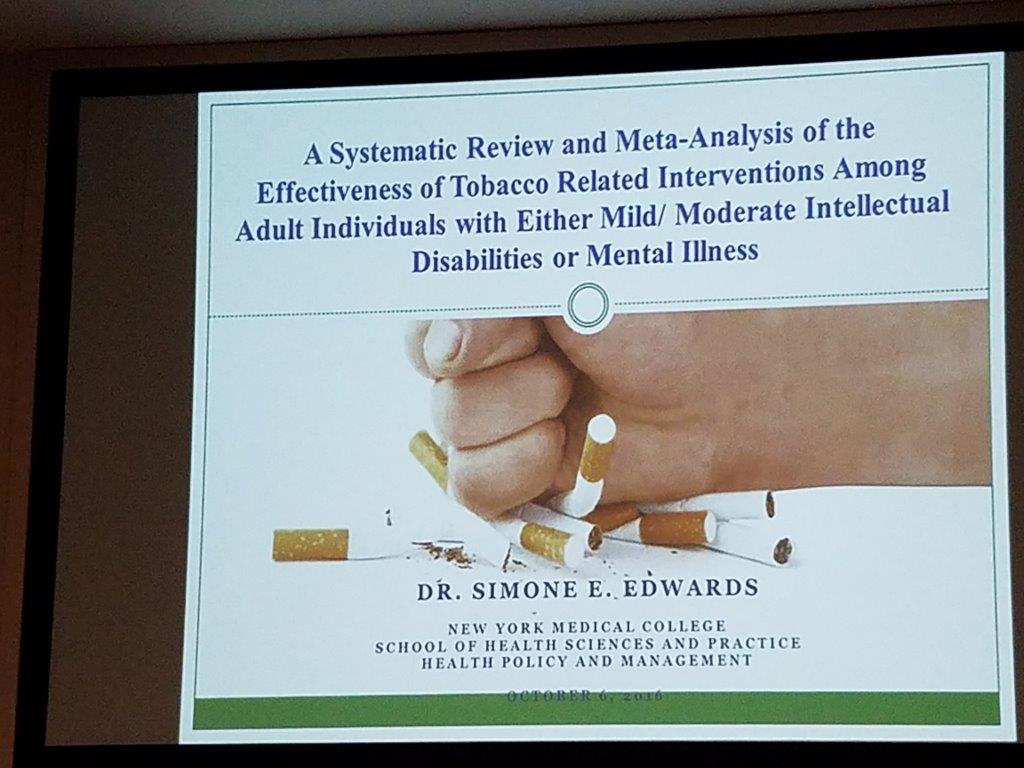 |
- Dr. Gene Hall (Department of Chemistry and Chemical Biology, Rutgers University )
- April 7, 2016 (The LI-ACS Seminar)
- Title: "From Archimedes Palimpsest to Water Analysis: My 37 Years of Instrumental Analytical Chemistry at Rutgers"
- Abstract: My presentation will focus on my 37 years of analytical chemistry in the Chemistry Department at Rutgers, The State University of New Jersey. I will share with you some of the exciting research projects that I have been involved with based upon the use of several analytical instruments (Raman, GC-FID/MS, TOF- MS/MS, EDXRF, FT-IR, HPLC, and TLC-FID) in my toolbox. In addition, teaching has been an exciting way to pass on my knowledge to up-and-coming students wishing to pursue a career in analytical chemistry. My research has three areas of focus that include environmental, biological, and forensic. In environmental analysis, I will share with you my experience with ICP-MS for tap water analysis to determine sources of Pb by measuring its stable isotopes. Furthermore, using ICP-MS in biological applications, we report on blood lead analysis from a gunshot victim in which Pb-based bullet fractions remain lodged in the subject's body. By measuring the stable Pb isotope ratios in sequential blood samples and comparing these ratios with the lead-based bullet, interesting kinetics of Pb exchange can be determined. Recently, we have been using shotgun lipidomics to analyze designer omega-3 fatty acid dietary supplements used to provide the bioactive molecule DHA to Alzheimer's patients. Forensic science has also been an exciting venture in our laboratory. In this regard, I will share you our micro EDXRF method to recover text, non-destructively of course, for the first time on pages from the Archimedes Palimpsest. Keeping with the theme of micro analytical chemistry, results using Raman microscopy, micro ATR-FTIR, and micro EDXRF, will be presented. Specific examples, non-destructively, of analyzing postage stamps, jewelry (counterfeit Rolex watches), counterfeit US and British banknotes, Coach handbags, mouse embryos, and krill will be presented. Use of chemometrics with digital spectral libraries and database mining software assisted in rapid characterization of unknown artifacts. Analytical chemistry with an extensive tool-box of state-of-the-art instrumentation is fun and exciting. Therefore, in this presentation, sharing our specific applications described above will be fun and enjoyable.
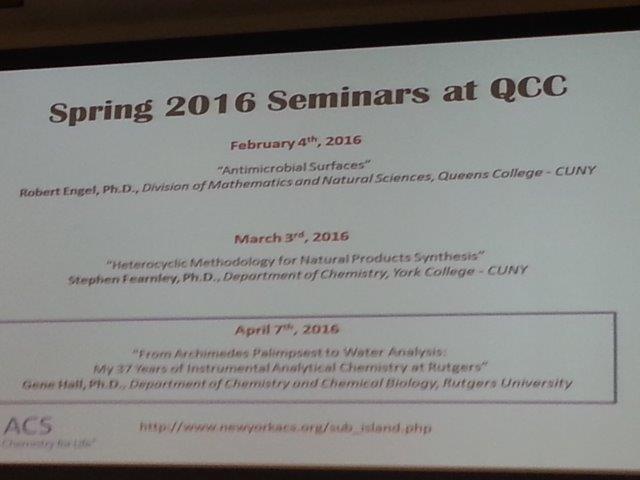 |
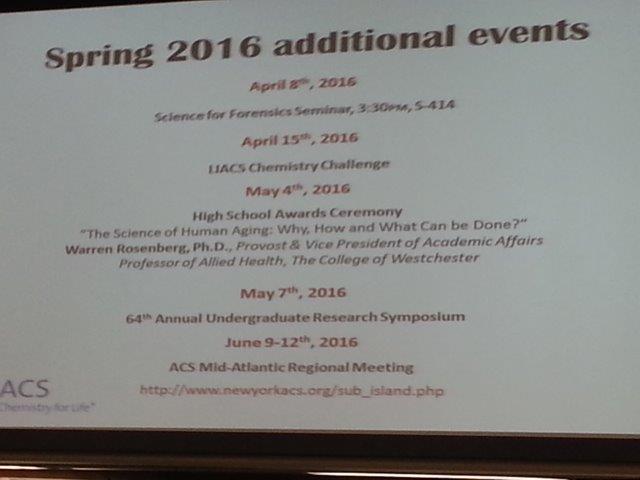 |
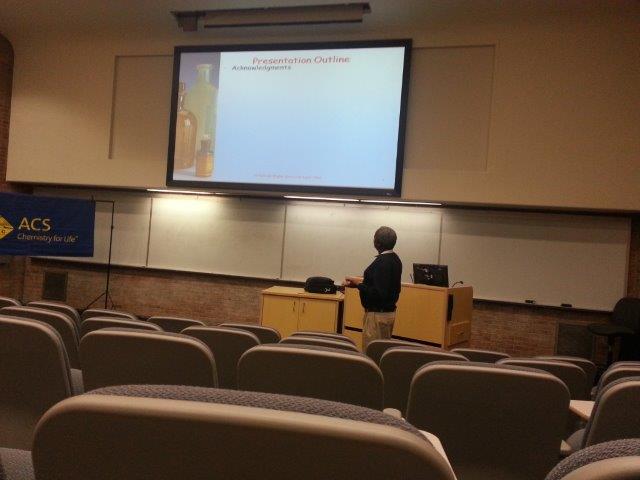 |
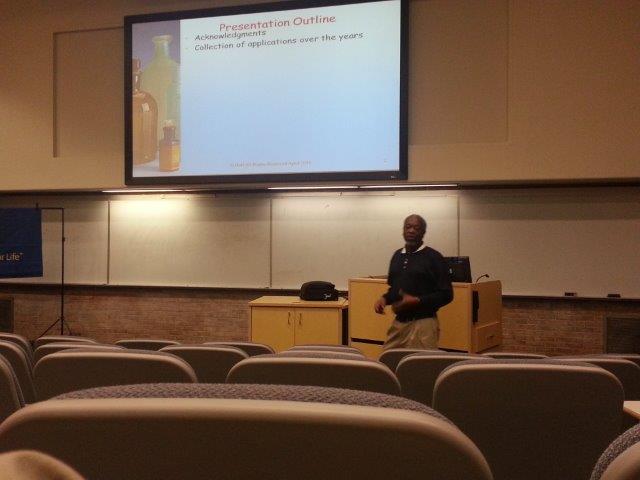 |
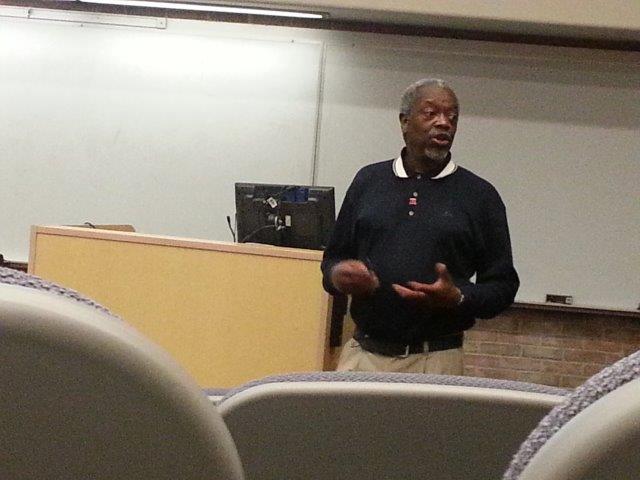 |
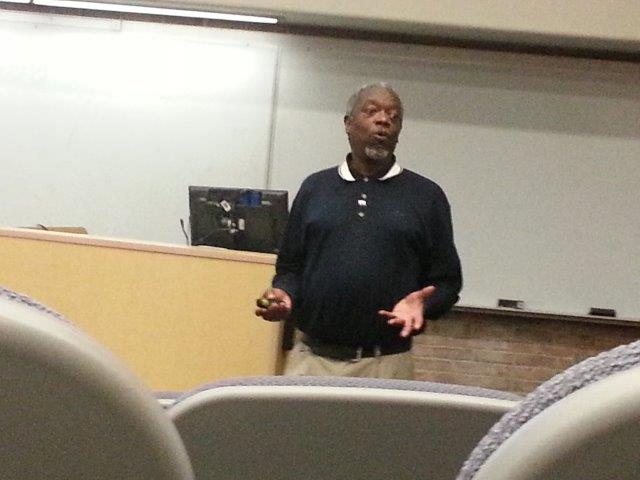 |
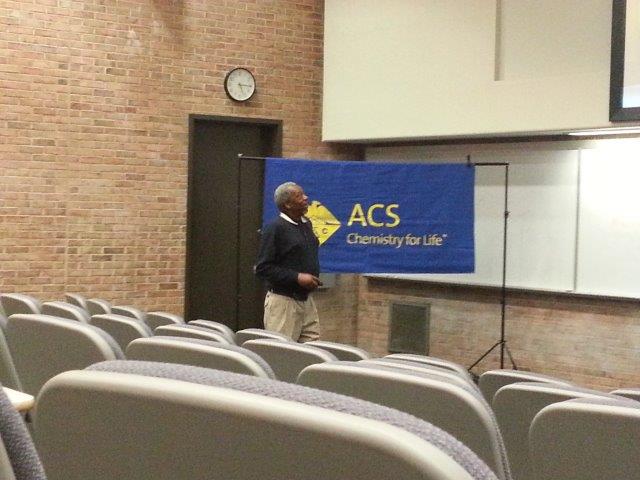 |
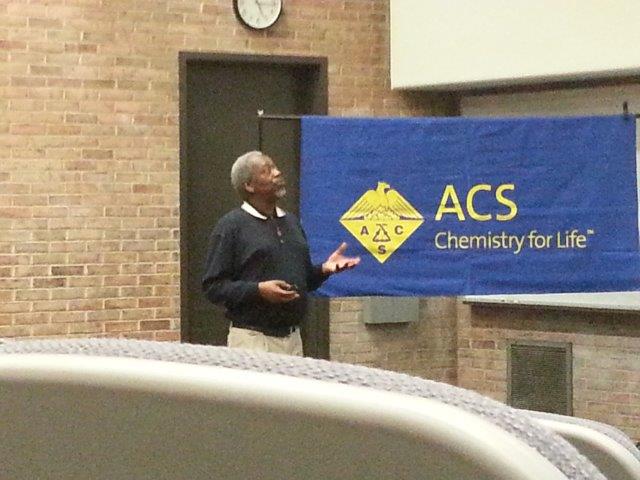 |
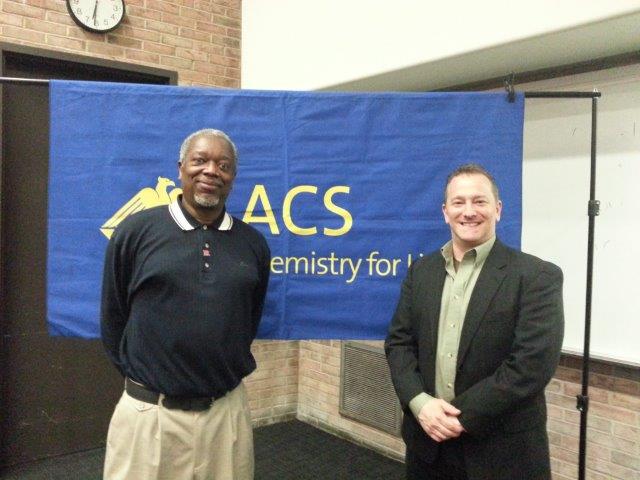 |
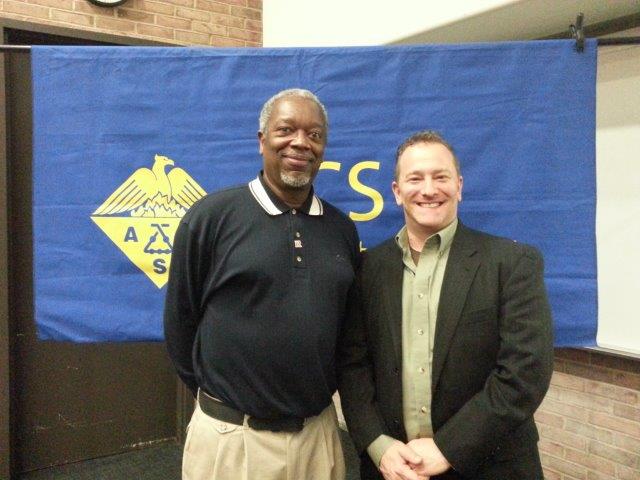 |
- Dr. Elise Champeil (John Jay College of Criminal Justice, CUNY)
- March 11, 2016
- Title: "Correlation between the structures of MC and DMC DNA crosslinks and the role of p21 in the toxicity of DNA adducts."
- Abstract: Palladium and gold-catalyzed as well as iodine monochloride-induced intramolecular electrophilic cyclizations of functionally substituted alkynes will be discussed. These regioselective annulations represent new and efficient synthetic approaches to carbocyclic and heterocyclic molecules, including isoxazoles, isoquinolines, indenones, and dibenzoannulen-5-ones. These approaches utilize palladium or gold catalyzed reactions as the key steps towards the production of the final target molecules or intermediate compounds. The new methods start from readily available starting materials and only consist of facile and user-friendly synthetic conditions, while they will serve as valuable tools for the preparation of compounds covering a broad spectrum of fields including synthetic and medicinal chemistry, and the material sciences.The mode of action of Mitomycin C (MC) to treat certain cancers is known in contrast to 10-decarbamoyl mitomycin C (DMC) which has recently been found to form similar or identical adducts with DNA as mitomycin C (MC). DMC however generates a unique stereoisomeric interstrand crosslink (beta isomer, ß-ICL) and its DNA-adduct generated by DMC treatment (?-ICL) rapidly activate a p53-independent signal transduction pathway. The central hypothesis of this proposal is that the differences in the local DNA structures of the mitosene-alpha and mitosene-beta crosslink adducts (?-ICL and ?-ICL) are responsible for the different biochemical responses produced by the two compounds. In particular, we hypothesize that DMC provokes a PI3K/Akt/p21 cell death pathway due to the specific DNA-adducts formed. In order to correlate MC and DMC-adducts structures with the role of p21 in the toxicity of the a-ICL and ß-ICL, the following three aims will be achieved: 1) Synthesis of the alpha and beta DNA crosslinks of MC and DMC via biomimetic and post-oligomerization methods. 2) Determination of the sequence selectivity (CG or GC) for the ?-ICL of decarbamoyl mitomycin C (DMC) through analysis of the favored cross-linking pathway. This will reveal the orientation of the drug in the DNA duplex: upstream or downstream. 3) Finally, the role of p21 in the upstream p53-independent signaling pathway in response to MC/DMC and these crosslinks will be determined by using flow cytometry to verify the cell cycle arrest stage, Western blot analysis to reveal the p21 phosphorylation status and immunocytochemistry to localize p21.
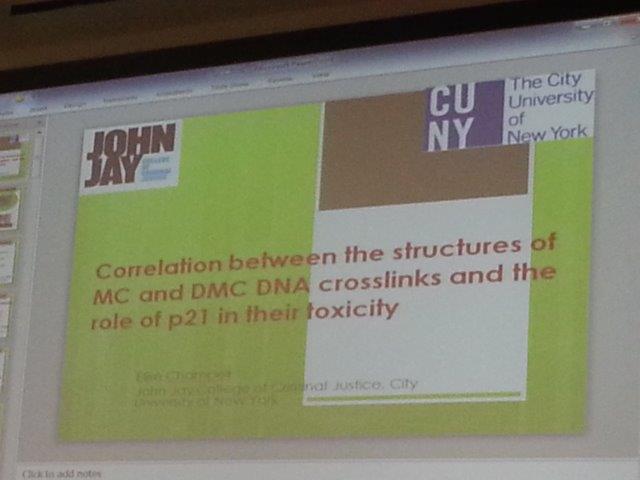 |
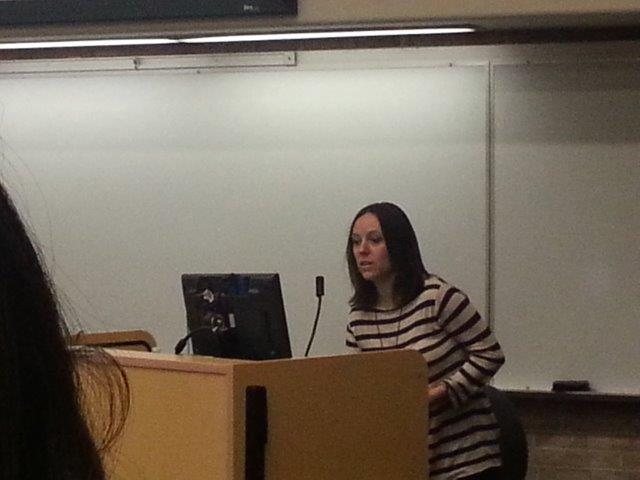 |
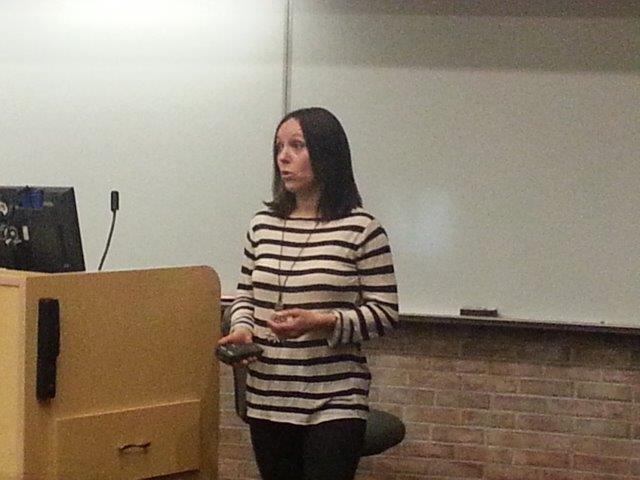 |
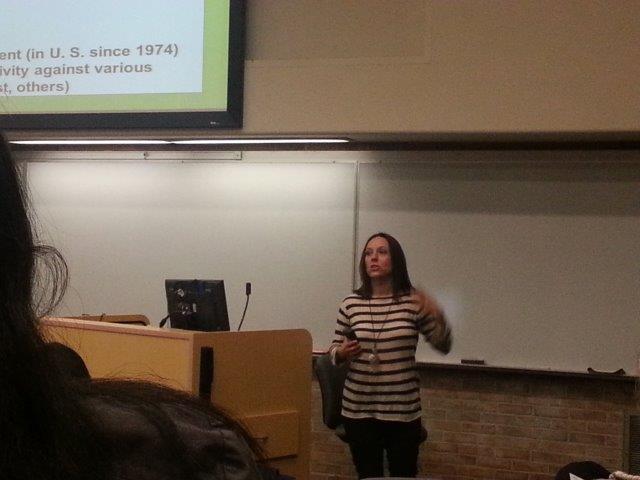 |
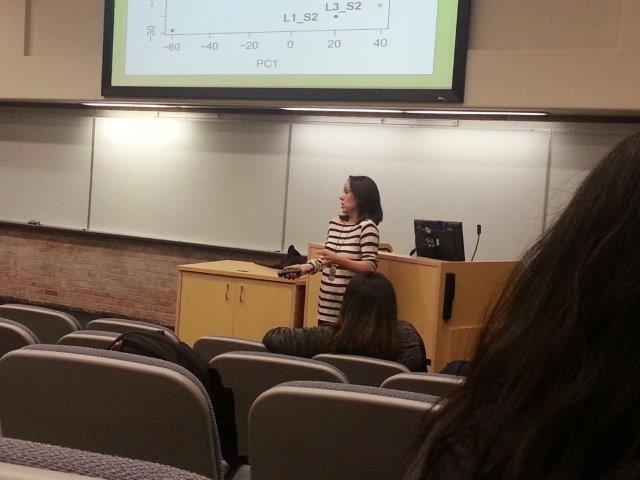 |
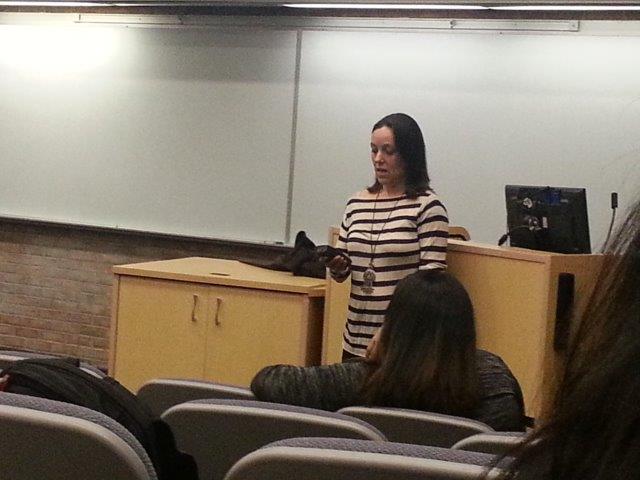 |
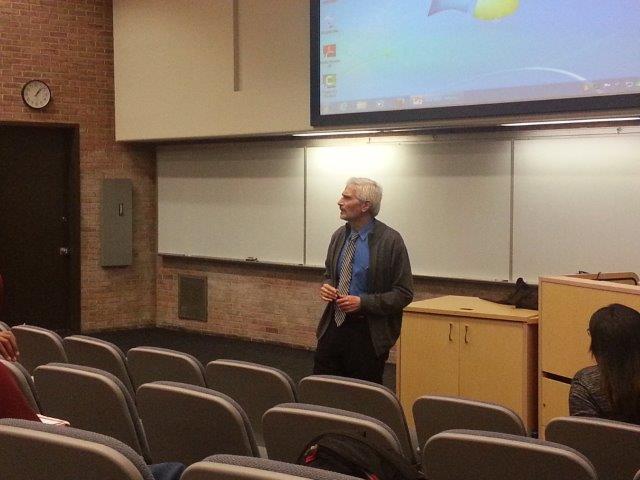 |
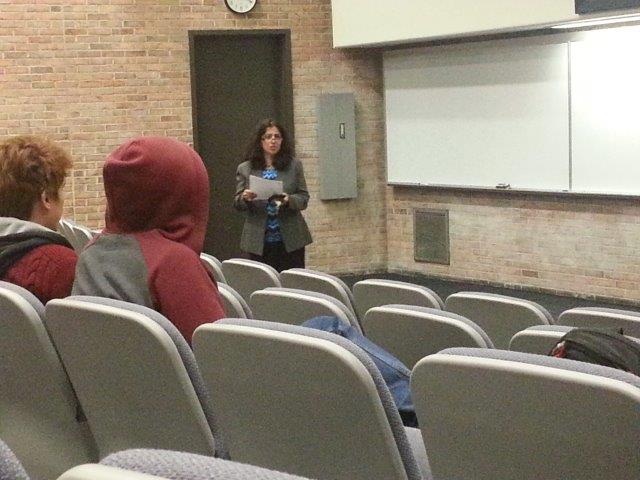 |
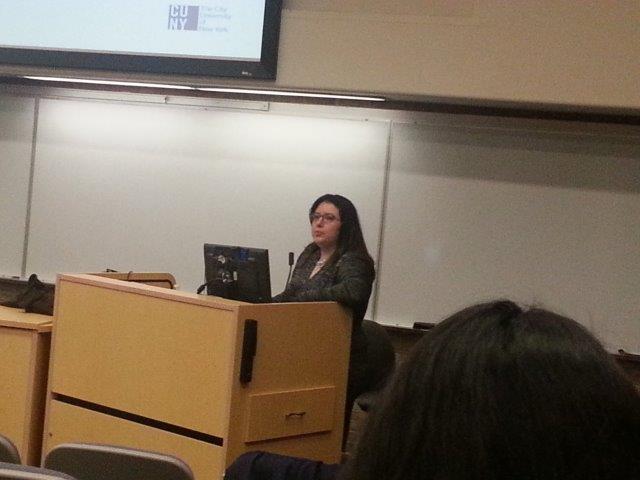 |
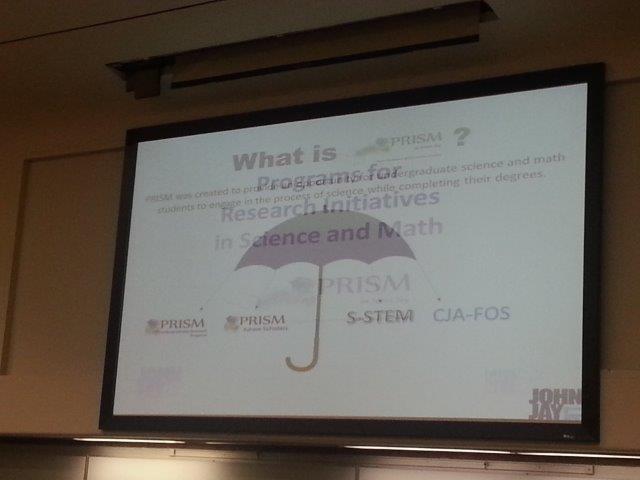 |
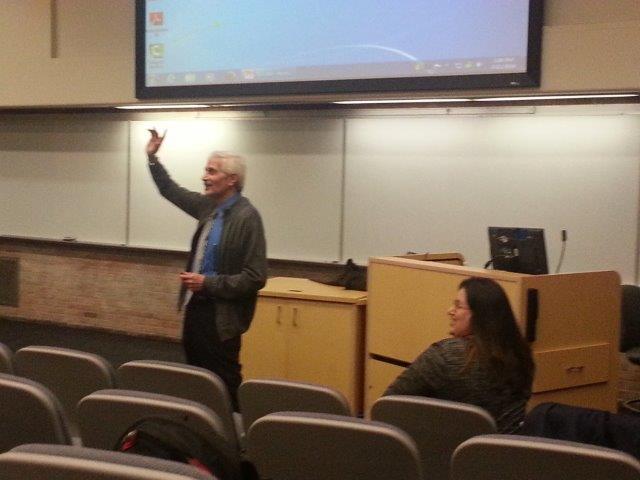 |
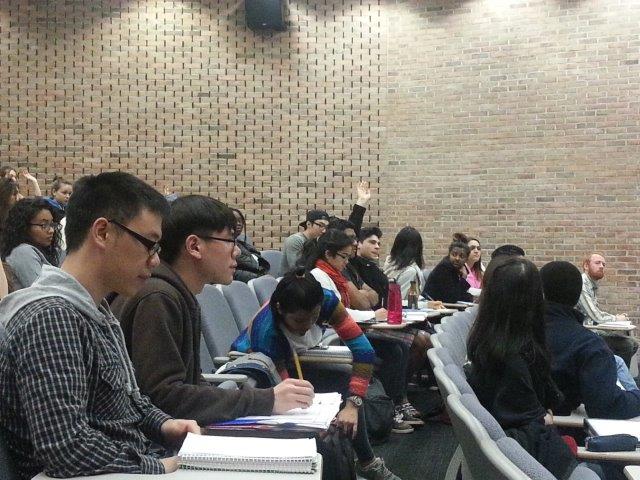 |
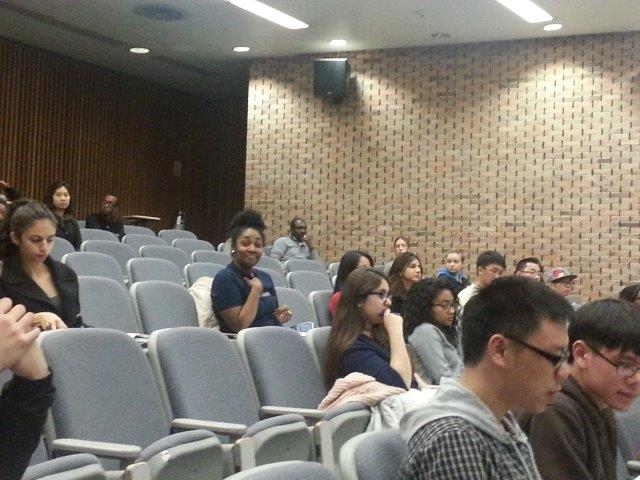 |
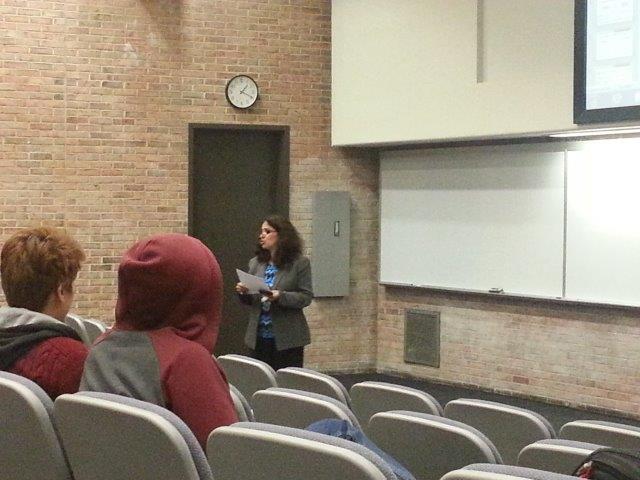 |
- Dr. Stephen Fearnley (Department of Chemistry, York College)
- March 3, 2016 (The LI-ACS Seminar)
- Title: "Heterocyclic Methodology for Natural Products Synthesis"
- Abstract: As a synthetic organic chemist, my research program involves the ongoing development of new synthetic methodology for the construction of biologically active natural products. Specifically, this encompasses: 1. Investigation and use of oxazolone as a useful heterocyclic scaffold for alkaloid synthesis: This has primarily involved studies of intramolecular Diels-Alder reactions with oxazolone as the dienophilic species. Extrapolation to other cycloadditions is planned. Application in the synthesis of several alkaloid targets is currently underway. 2. Novel organosilane chemistry for approaches to bioactive ether targets: We have developed a rapid synthesis of cis-fused bicyclic ether arrays in which oxoniums undergo nucleophilic attack by vinylsilanes in a novel intramolecular annulation process. The related silyl-activated Friedel-Krafts process proceeds through an unusual combination of electronic and steric effects. A series of silicon-mediated cycloadditions are also under investigation. A wide variety of ether natural product motifs are thus accessible.
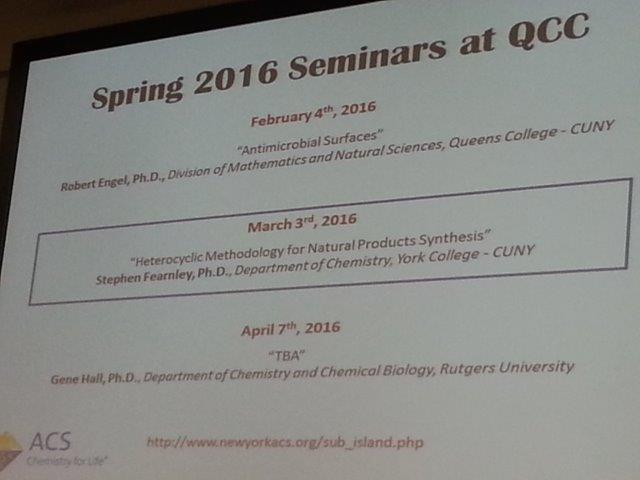 |
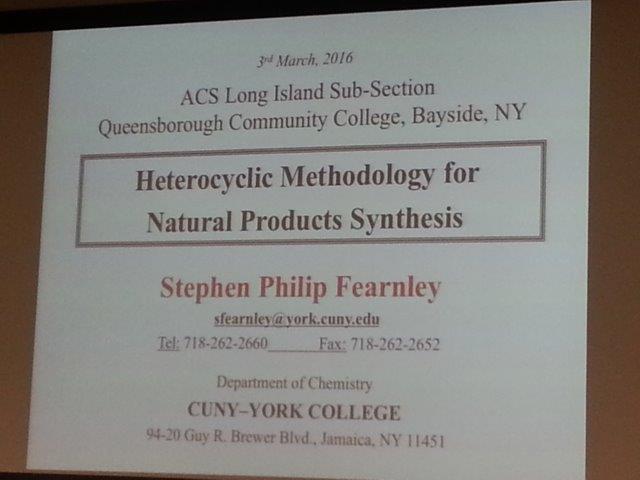 |
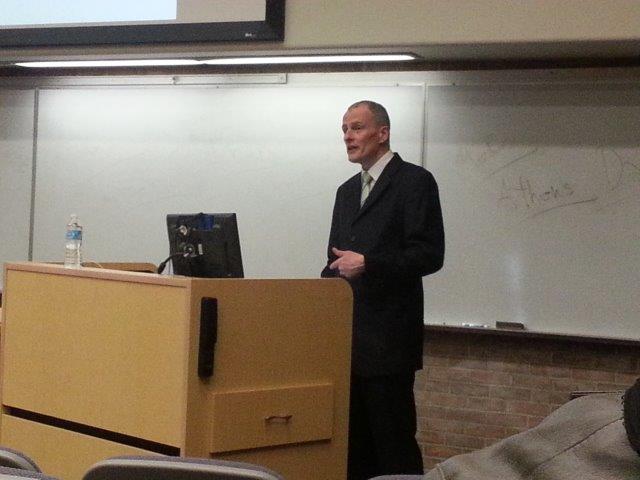 |
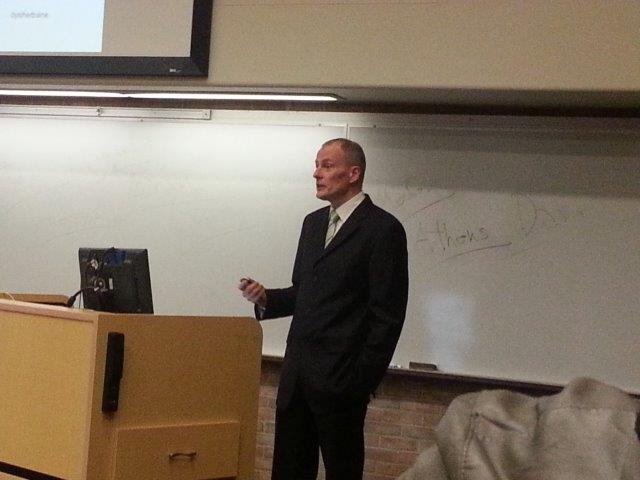 |
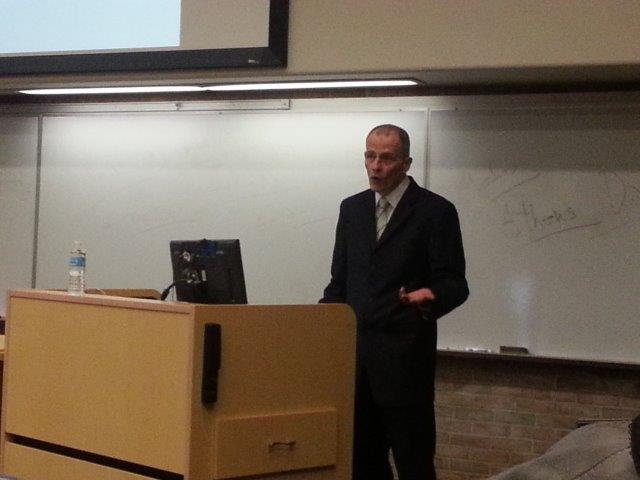 |
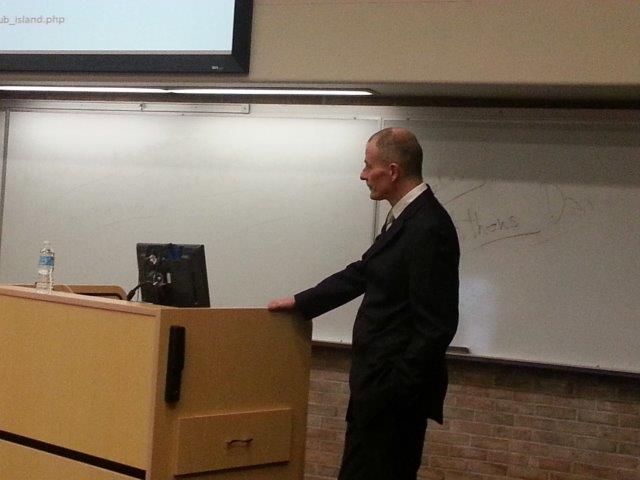 |
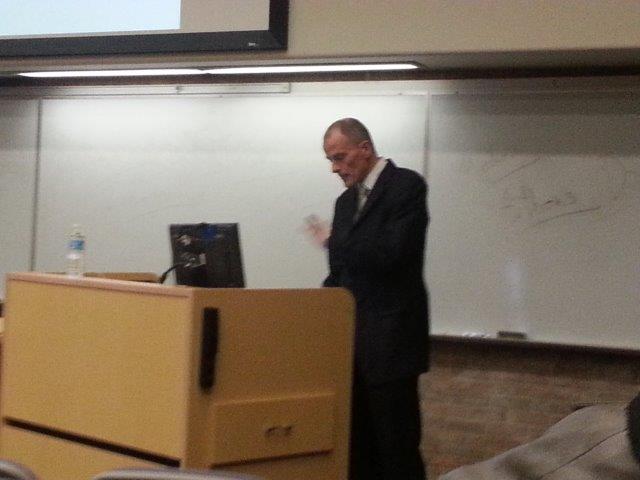 |
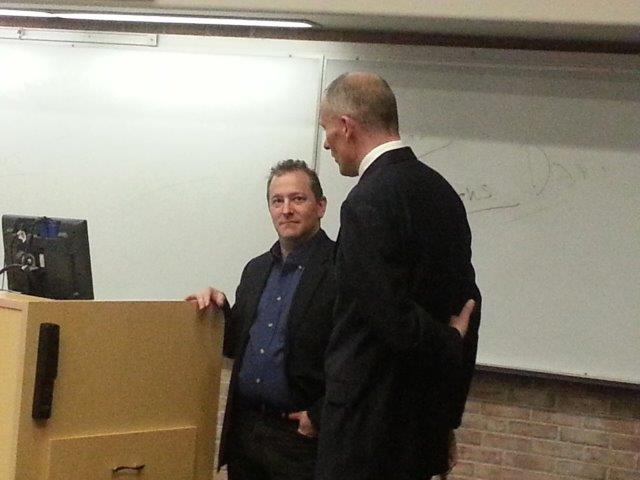 |
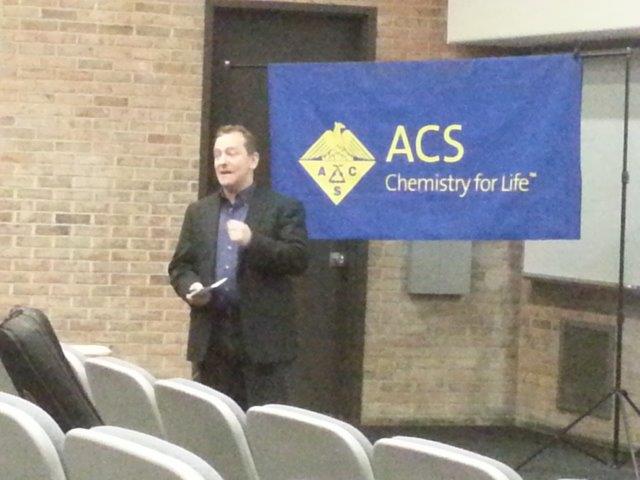 |
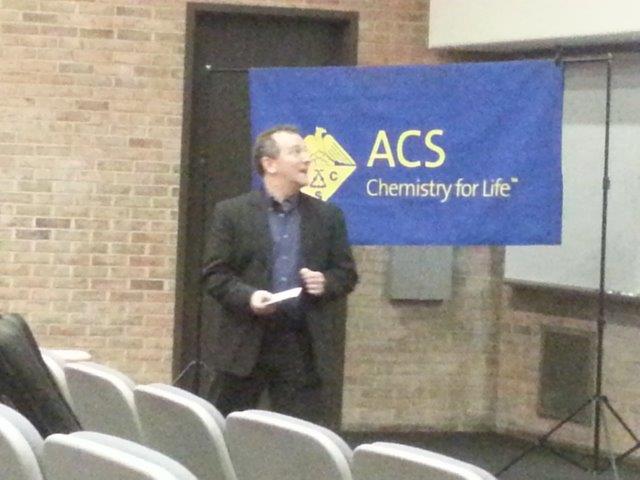 |
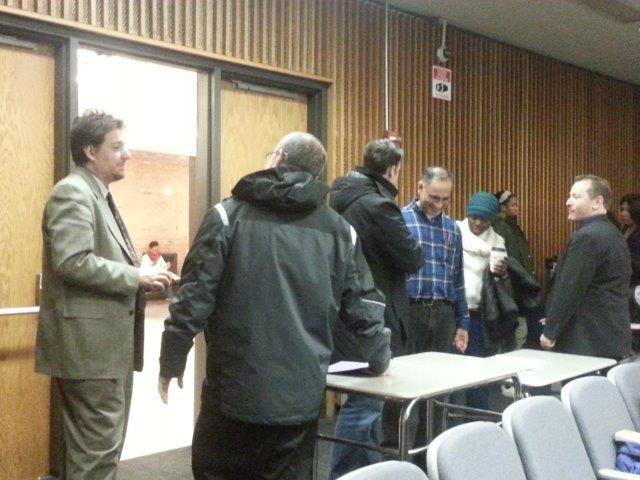 |
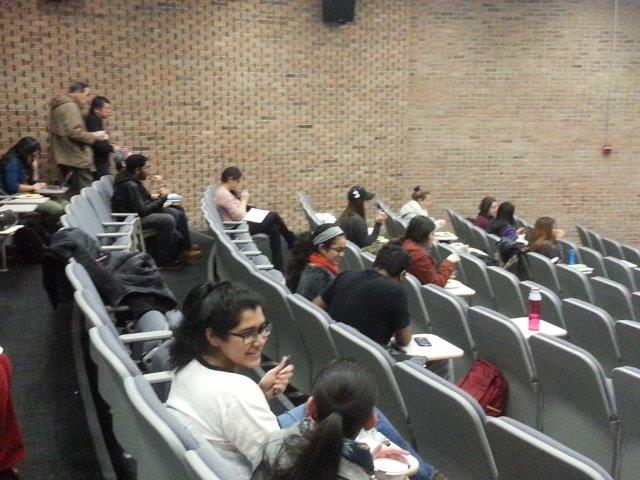 |
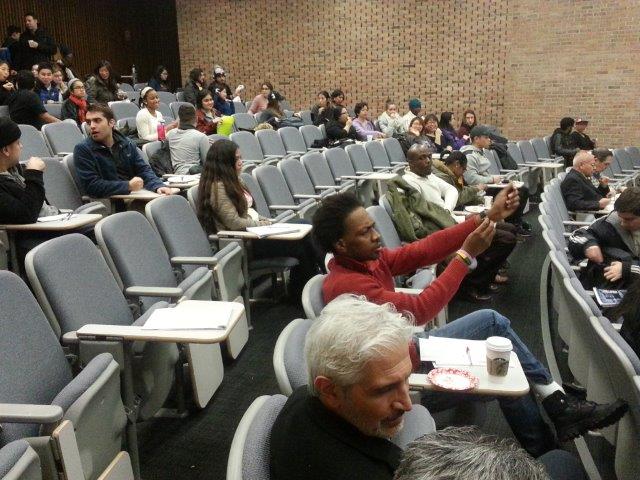 |
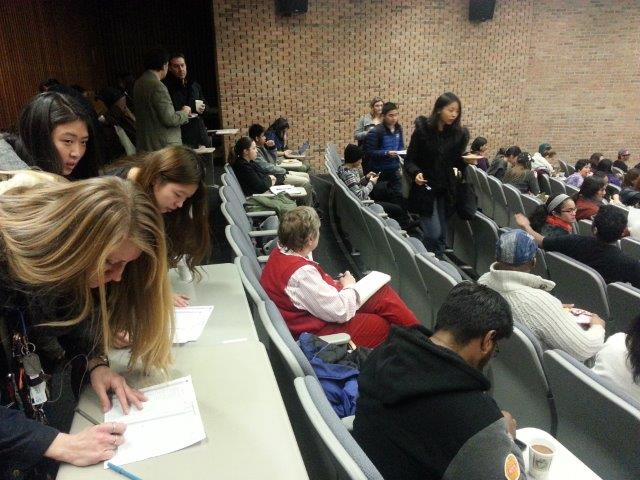 |
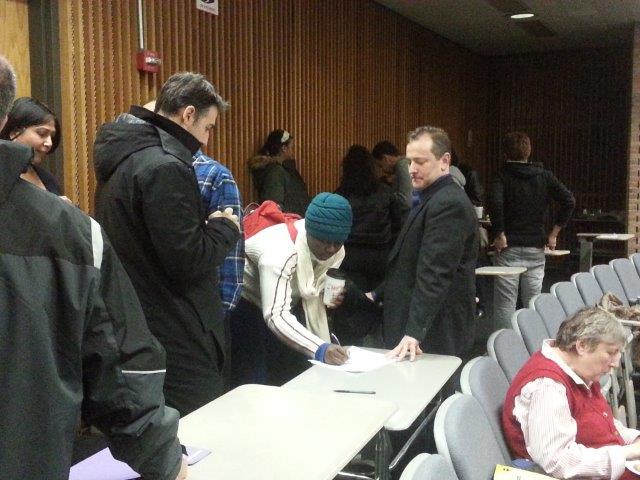 |
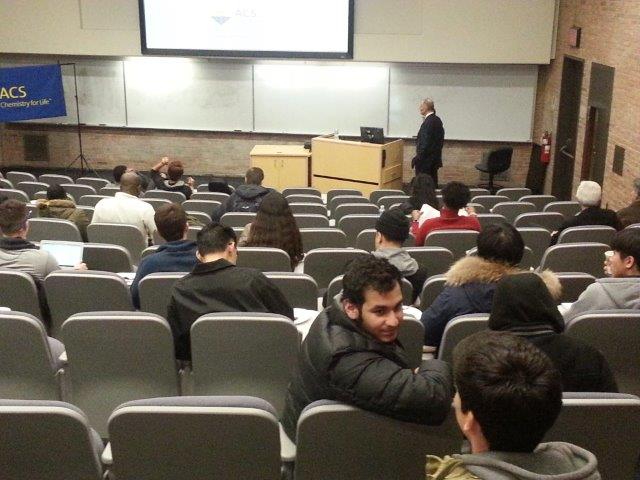 |
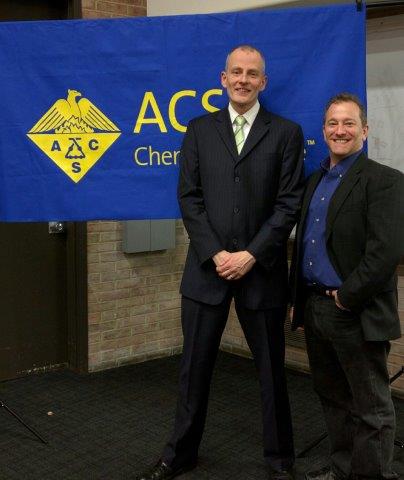 |
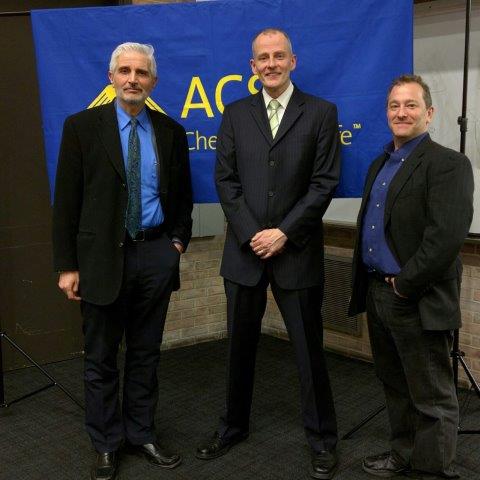 |
- Dr. Deb N. Chakravarti (Department of Chemistry, York College, CUNY)
- February 26, 2016
- Title: "DVaccines: How They Save Lives"
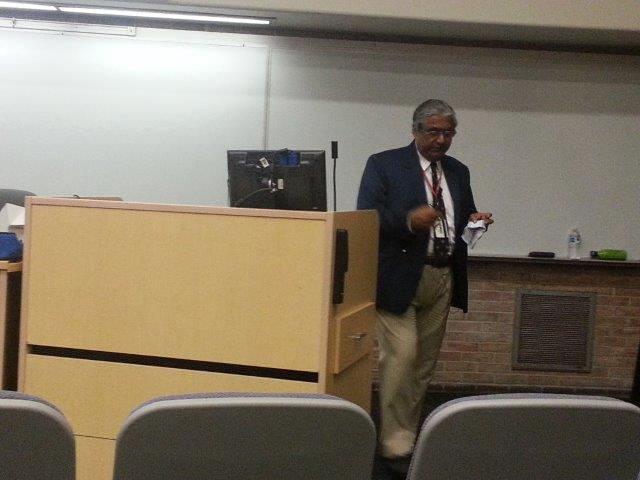 |
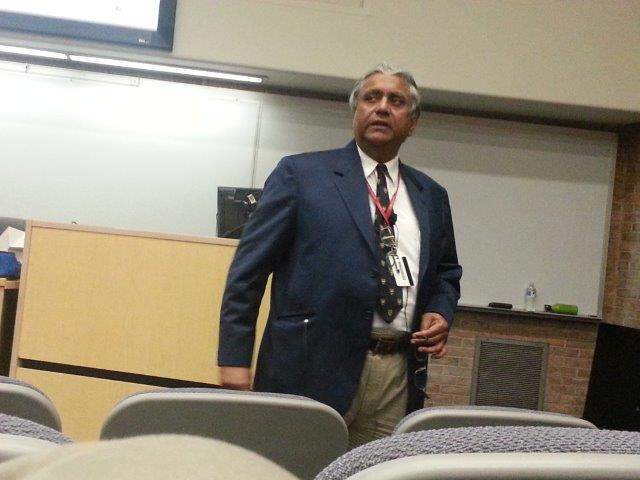 |
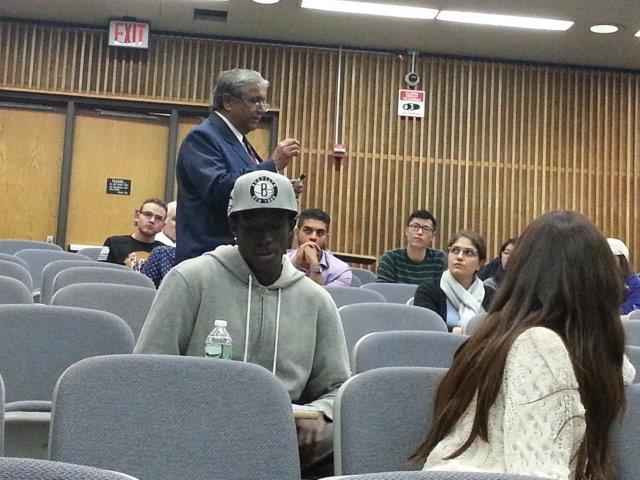 |
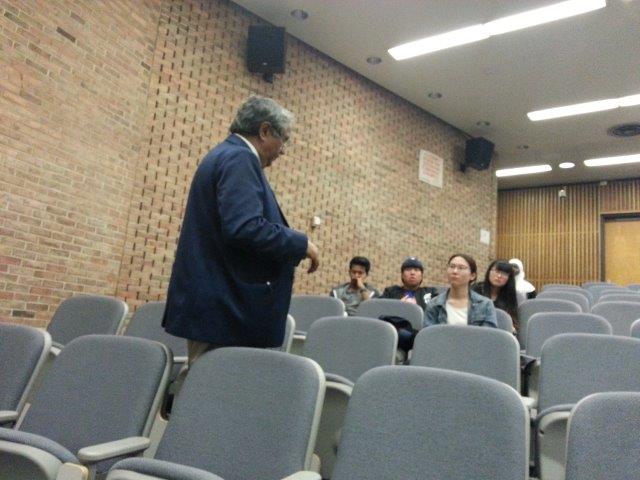 |
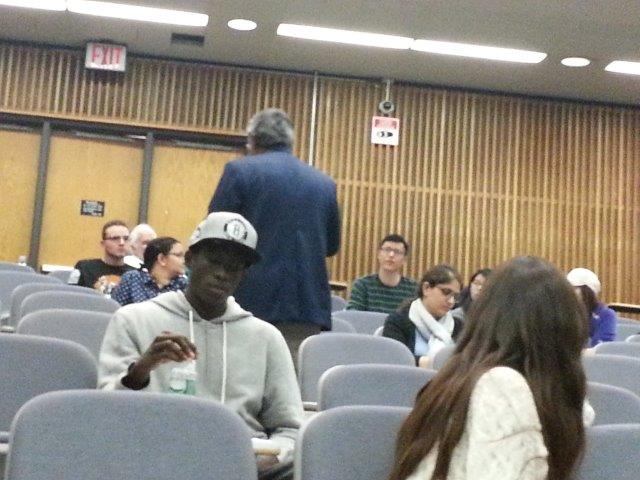 |
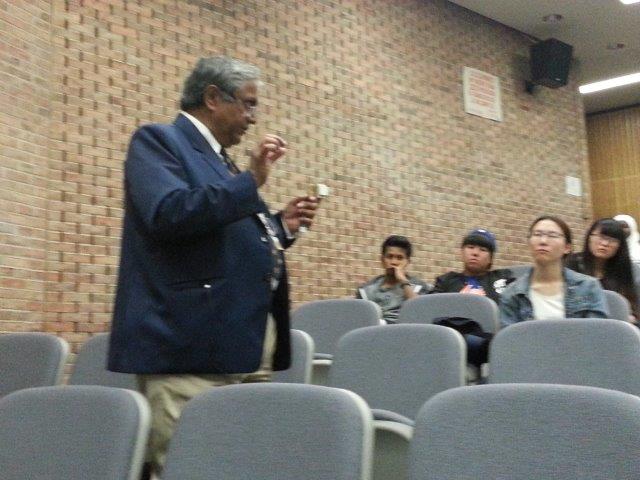 |
- Dr. Robert Engele (Department of Chemistry and Biochemistry, Queens College - CUNY)
- February 4, 2016 (The LI-ACS Seminar)
- Title: "Antimicrobial Surfaces"
- Abstract: Efforts in the Engel laboratory have been directed toward the development of environmental surfaces that kill bacteria and fungi on contact without the use of antibiotics that can lead to the development of resistant strains. We describe our approach toward this end that utilizes cationic lipids for the rapid and complete destruction of a wide range of bacteria (Gram negative and Gram positive) as well as fungi, without being consumed in the process. Thus, an initial application to the surface remains active throughout the normal lifetime of the surface. Such surfaces serve for the prevention of transmission of pathogens and as such are prophylactic. We describe most recent advances in the application of these techniques toward the destruction of viral species, as well as approaches toward the development of materials that have the potential for use as pharmaceutical agents instead of prophylactic agents.
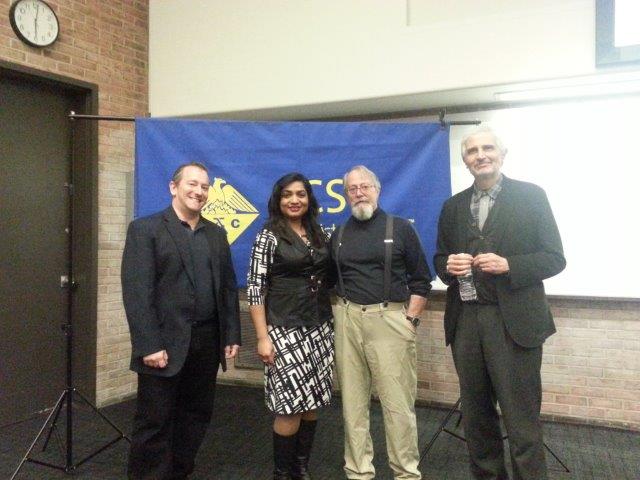 |
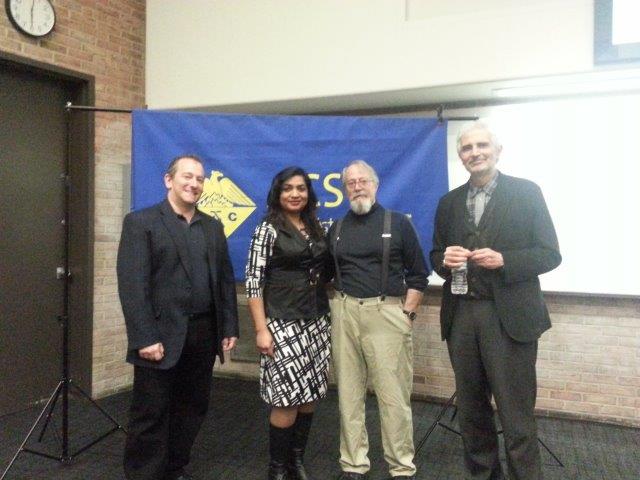 |
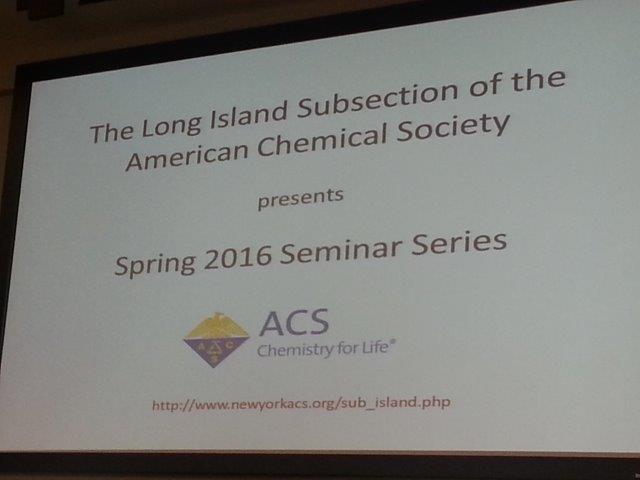 |
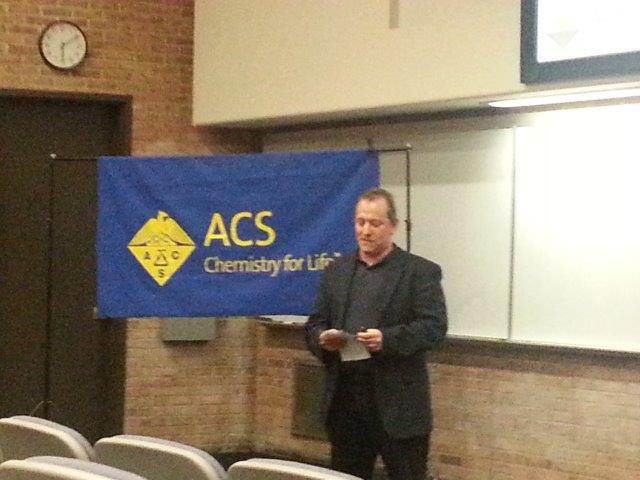 |
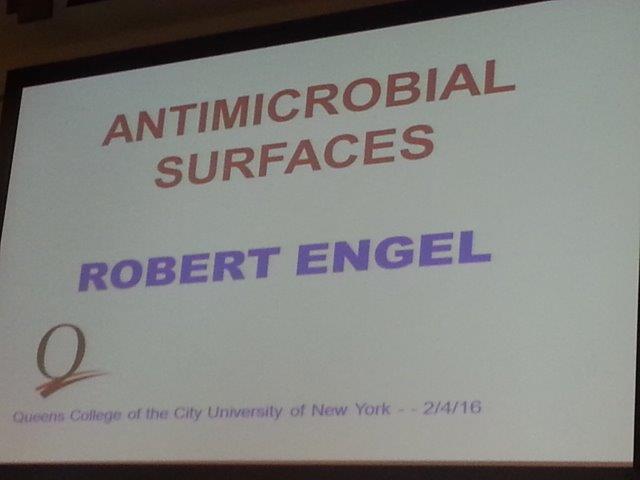 |
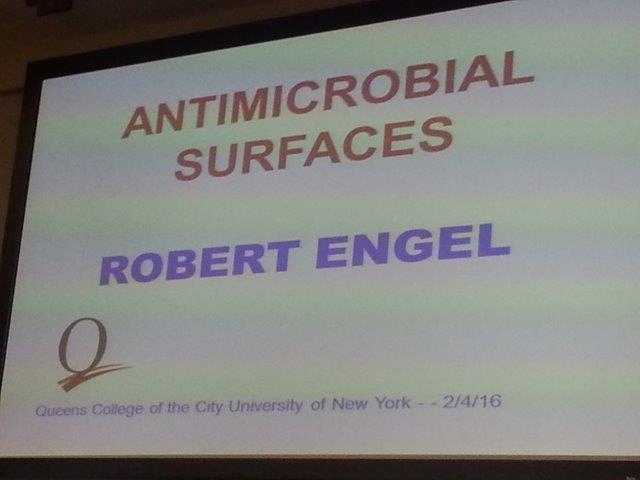 |
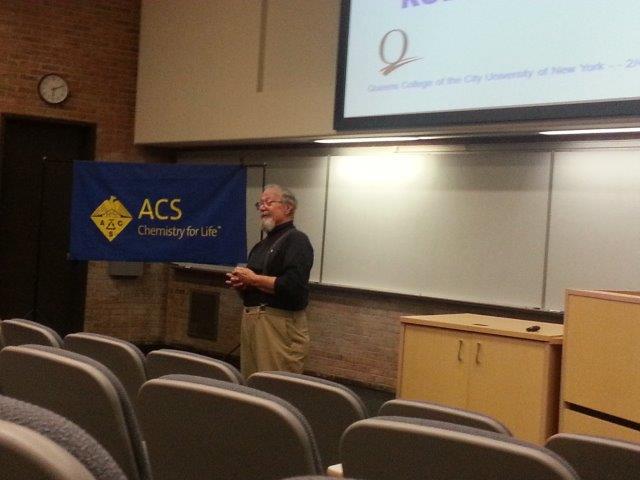 |
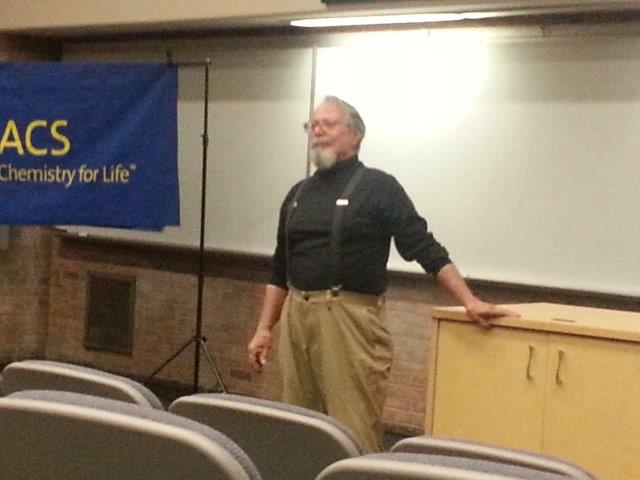 |
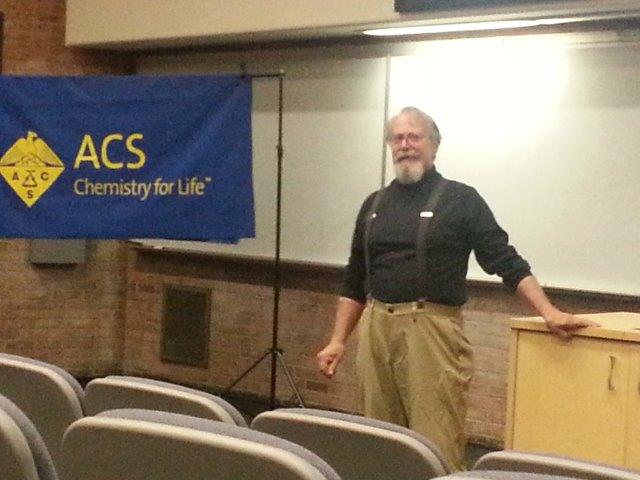 |
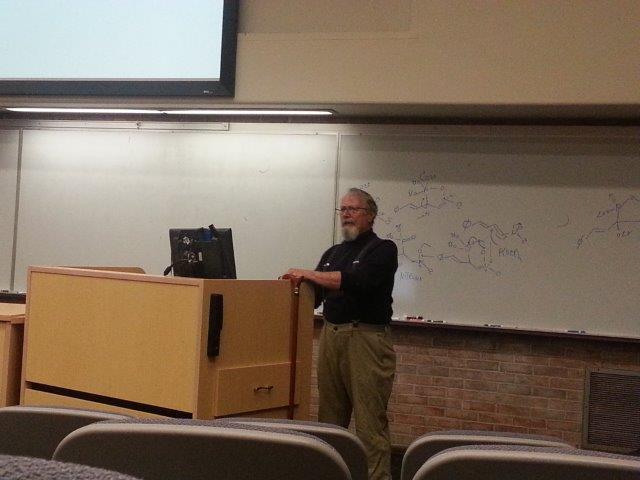 |
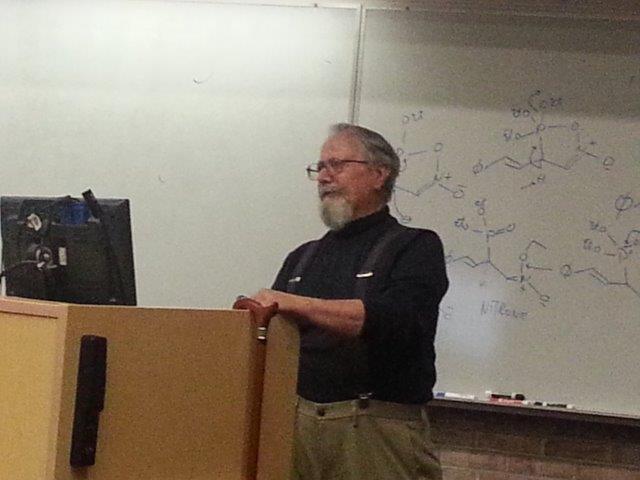 |
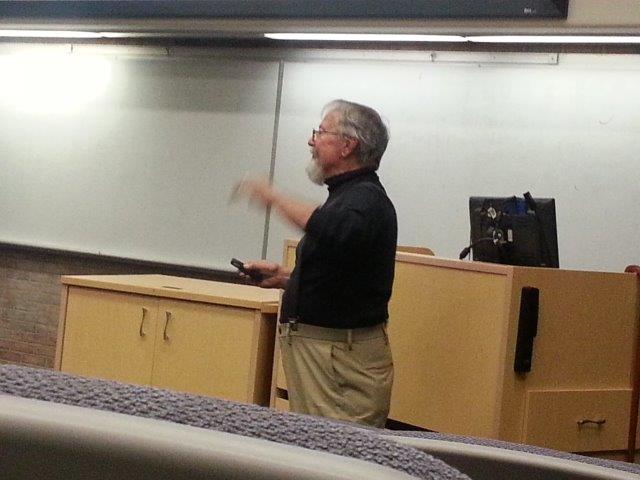 |
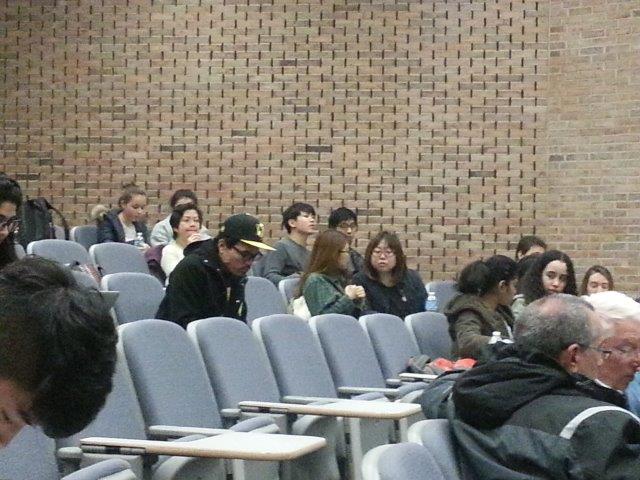 |
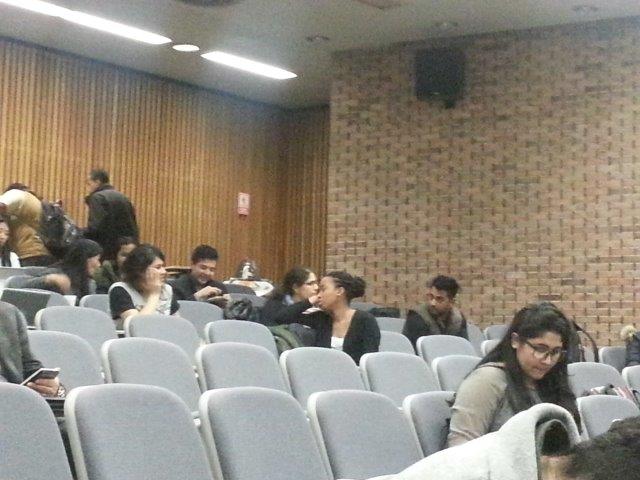 |
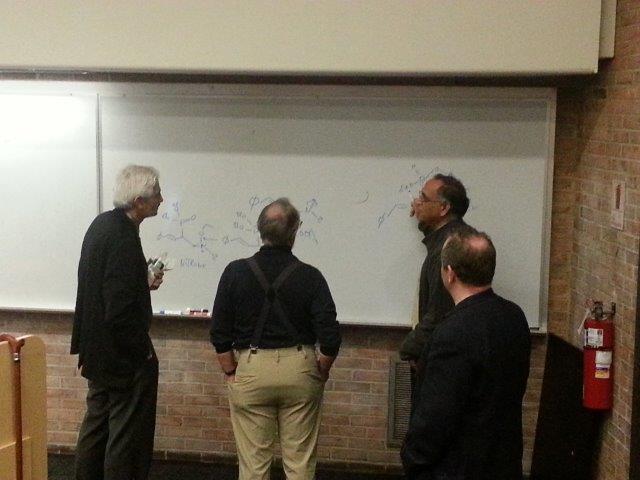 |
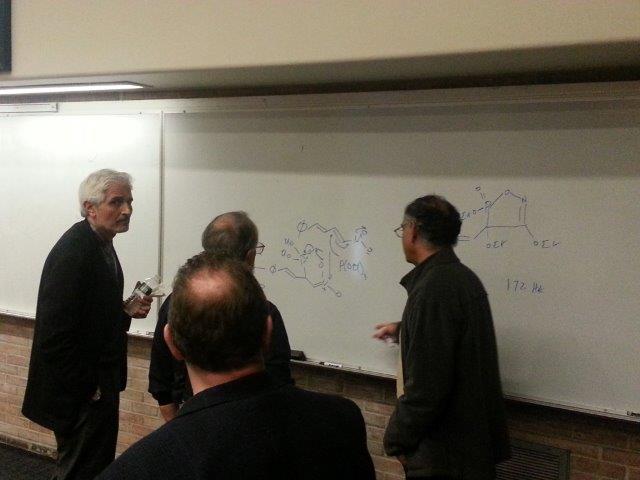 |
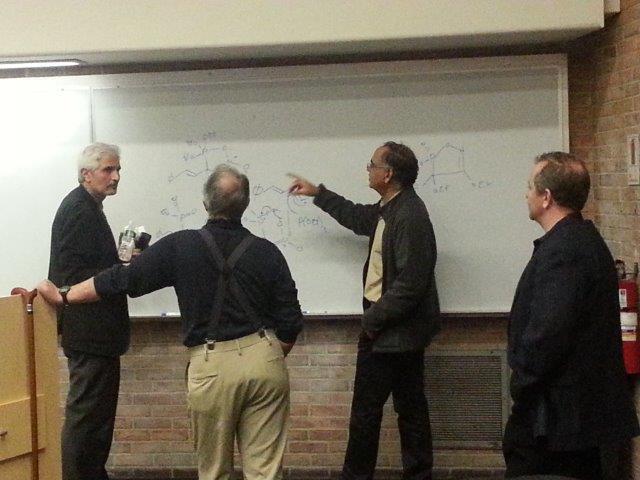 |
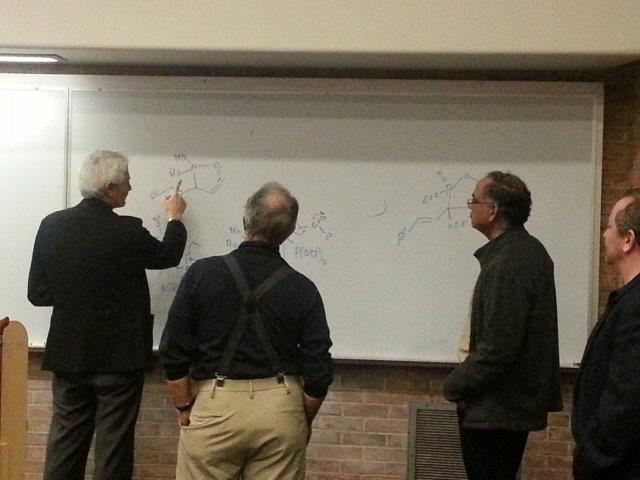 |
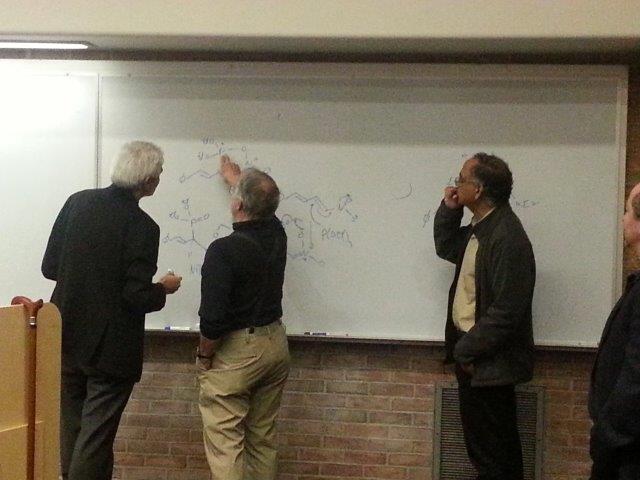 |
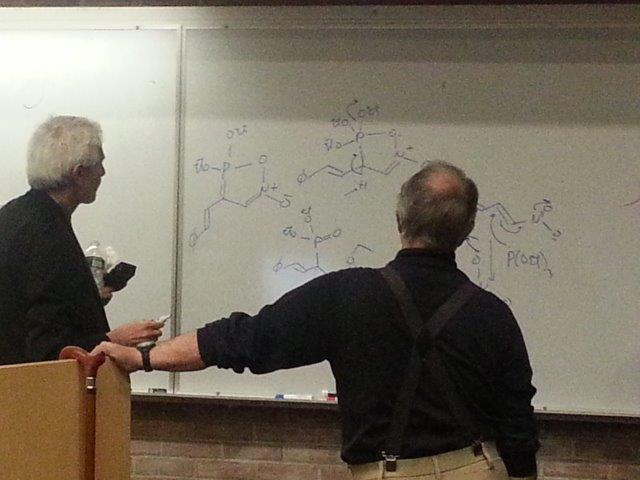 |
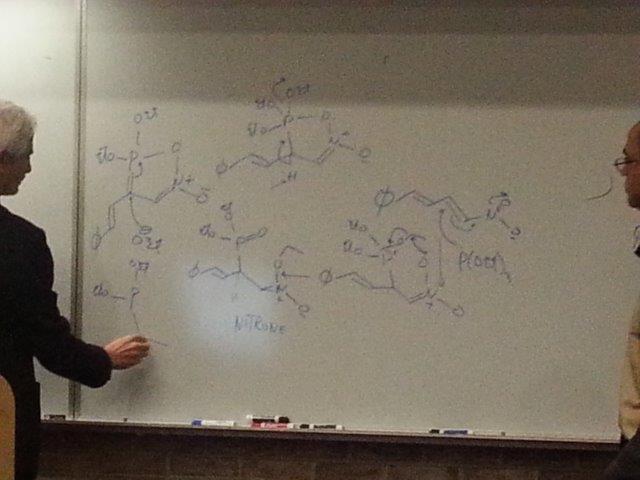 |
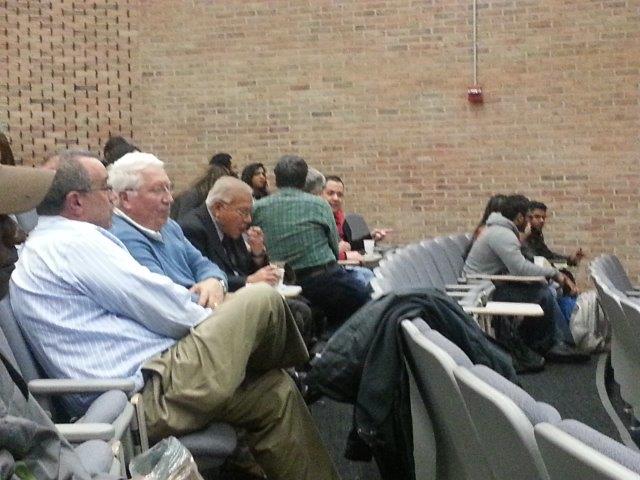 |
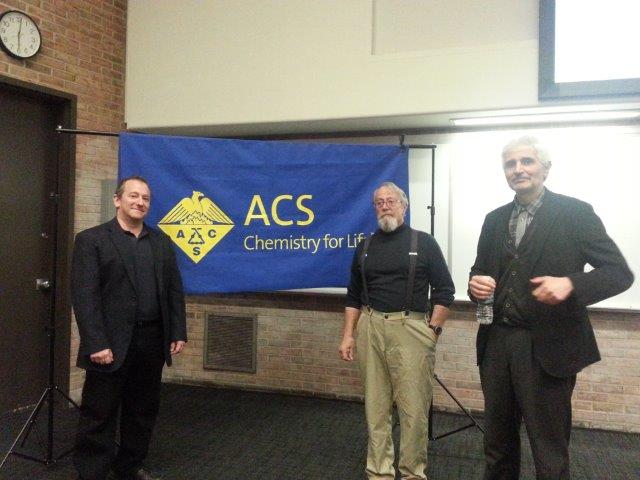 |
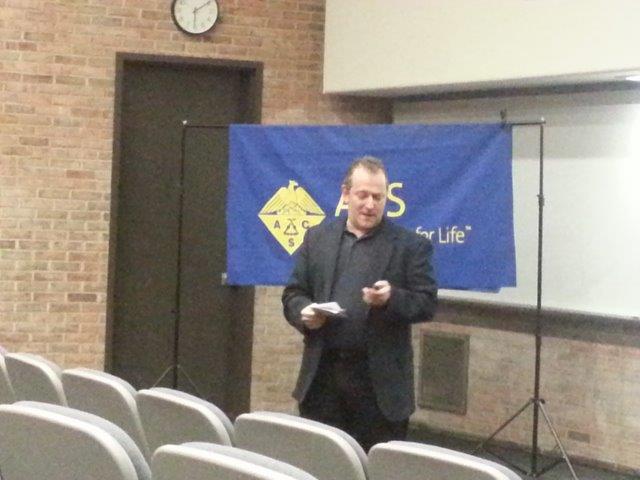 |



